27 BEST smart home tech I saw in Las Vegas at CES 2025 (and more)!
CES 2025 was insane! I'm going to share the best new smart home devices and other crazy tech products that I saw in Las Vegas.

Introduction
I just got back from CES 2025 in Las Vegas, where I saw all the new, exciting tech that you can expect to see. In this video, I’m going to share the best smart home tech products that I saw.
But that’s not all. I’m also going to show you some of the overall craziest tech releases that I saw firsthand in Vegas. There’s a lot of amazing stuff to check out that you won’t want to miss!
Main Points
Vacuums and mops
I’ll start with robot vacuums and mops because there was a lot going on!
Roborock introduced Saros, its new lineup of flagship robotic vacuums and mops. The one making all the buzz is the Saros Z70, the world’s first mass-produced robotic vacuum with a foldable, five-axis mechanical arm. This is a robotic claw that can pick up and move objects out of the way. If it detects objects that it can lift during an initial cleaning session, it will then return to move them out of the way during a second session. To see where it can safely move, there is a camera on the mechanical arm, and another camera on the vacuum.
In addition to the Z70, Roborock showed off the Saros 10 and 10R. All three of these robots feature a whopping 22,000 Pa of suction power, side brushes and mops, anti-tangle brush rollers, voice control, and the ability to climb up and over a 4 cm threshold. The Saros 10 and 10R lack a mechanical arm, and the main difference between them is their navigation.
The Saros 10 uses Laser Distance Sensors, or LDS, for navigation. In the past, this sensor stuck up from the top of the vacuum. Now, it retracts into the body of the robot for low clearance areas. It uses a upward range finder and top contact sensor to ensure it can fit without damaging surfaces or getting stuck.
The Saros 10R does not have this retractable LDS sensor, and instead uses StarSight navigation, which combines, sensors, cameras, and AI for mapping and object detection. Pricing is not yet available on the Saros Z70, Saros 10, or Saros 10R, but the 10 and 10R are supposed to cost the same, and the new models are expected to be available in the first half of 2025.
Dreame announced the X50 Ultra, their new flagship robot vacuum and mop. It’s standout feature is the ability climb steps up to 6 cm high, which is more than any other robot vacuum. This is made possible with retractable legs that push the robot into the air, and then propel it forward, quite literally leaping over small steps. It was hilarious to see this thing hop like a frog. I got to see the X50 Ultra anti- hair tangle feature in action, magically making long strands of twisted hair disappear into the dustbin. I love this! The X50 Ultra will support Matter, and you can pre-order it now. It will cost $1,699.
Dreame also showed off a robot with a mechanical arm, but this model doesn’t even have a name, so I wouldn’t expect to see it too soon. This one takes a different approach to the claw compared with the Roborock Saros Z70. Instead of retracting into the body of the robot, this one works more like a convertible car. The roof of the robot opens and closes whenever the mechanical arm goes to work. It also has a toolbox with accessories that attach the claw, such as a scrubbing pad, for more targeted cleaning.
Mova only recently began offering its robot vacuums and mops in the US, and there were a lot of similarities with Dreame, but at least two things caught my attention. The Mova V50 Ultra boasts a ridiculous 24,000 Pa of suction power, more than any other robot vacuum I believe. Additionally, Mova showed off the MopSwap Hub, a new kind of docking station that can remove and replace three kinds of specialized dual mopping pads using an automated carousel. This way, it can swap them out depending upon the floor surface or condition. Seeing it in action reminded me of car parking towers with mechanical lifts that park and retrieve cars. No word yet on the release date of this new hub.
Not to be outdone, SwitchBot introduced the Multitasking Household Robot K20+ Pro, which SwitchBot claims is the world’s first multitasking household robot. It combines vacuuming, home security, air purification, and item delivery in one solution. It is built around a mobile platform equipped with ClawLock that physically connects to the mini robot vacuum. You can attach an air purifier with or without a table top, a security camera, or more. This allows it to deliver objects, vacuum, monitor pets, purify the air, provide home security, or display tablets. SwitchBot expects to launch the K20+ Pro in May or June with custom bundle kits to choose from. Pricing is not yet available.
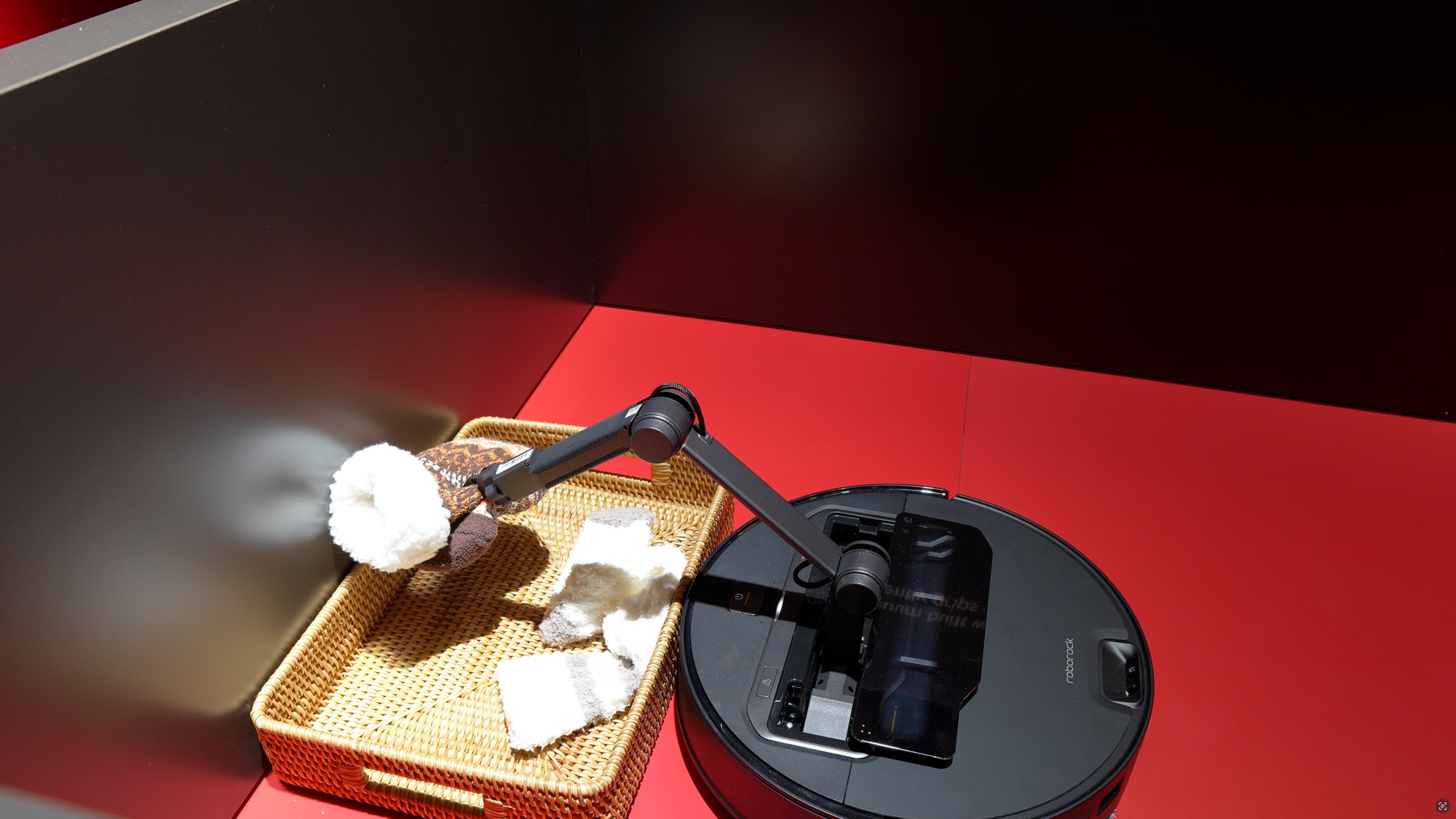
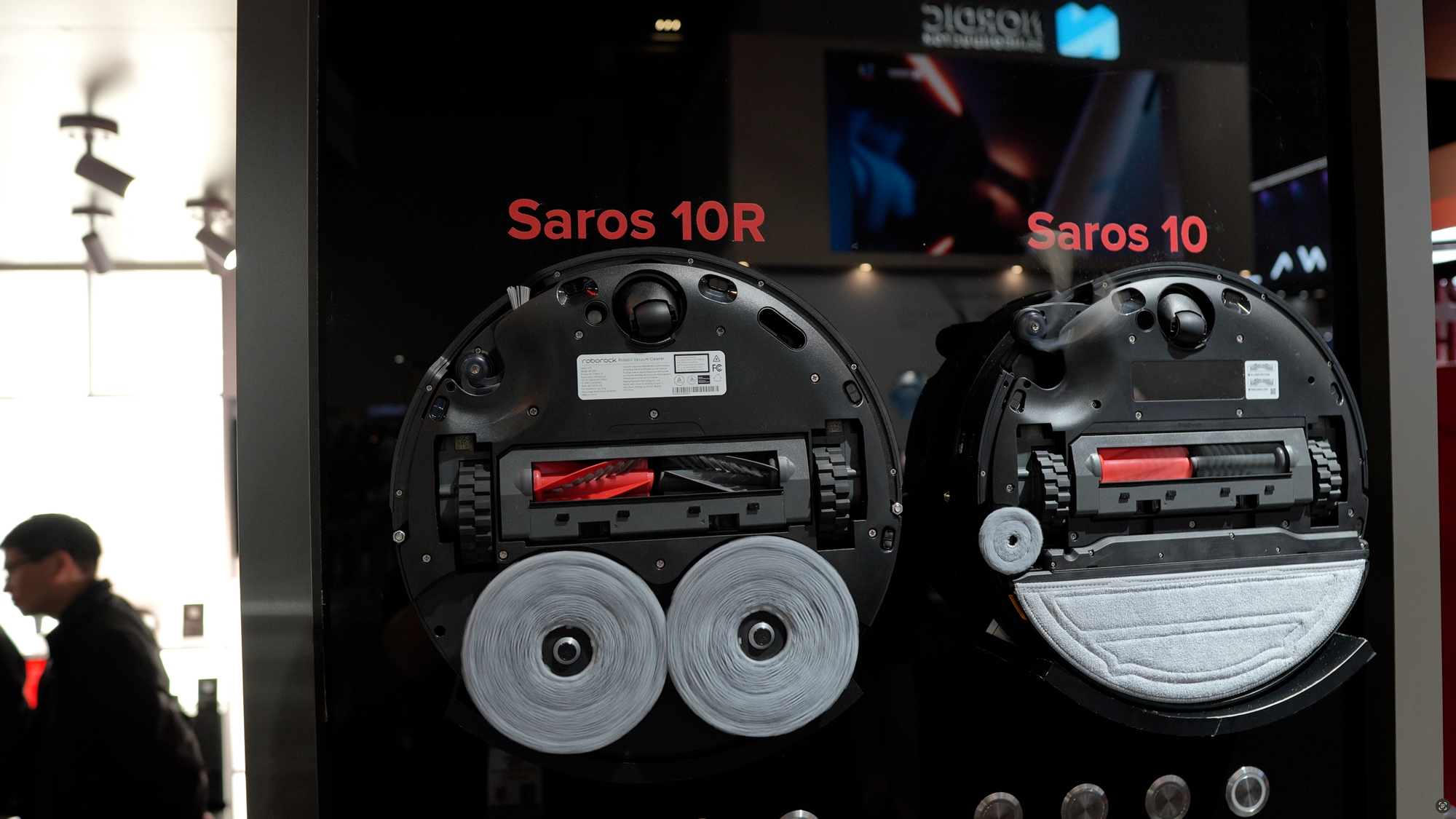
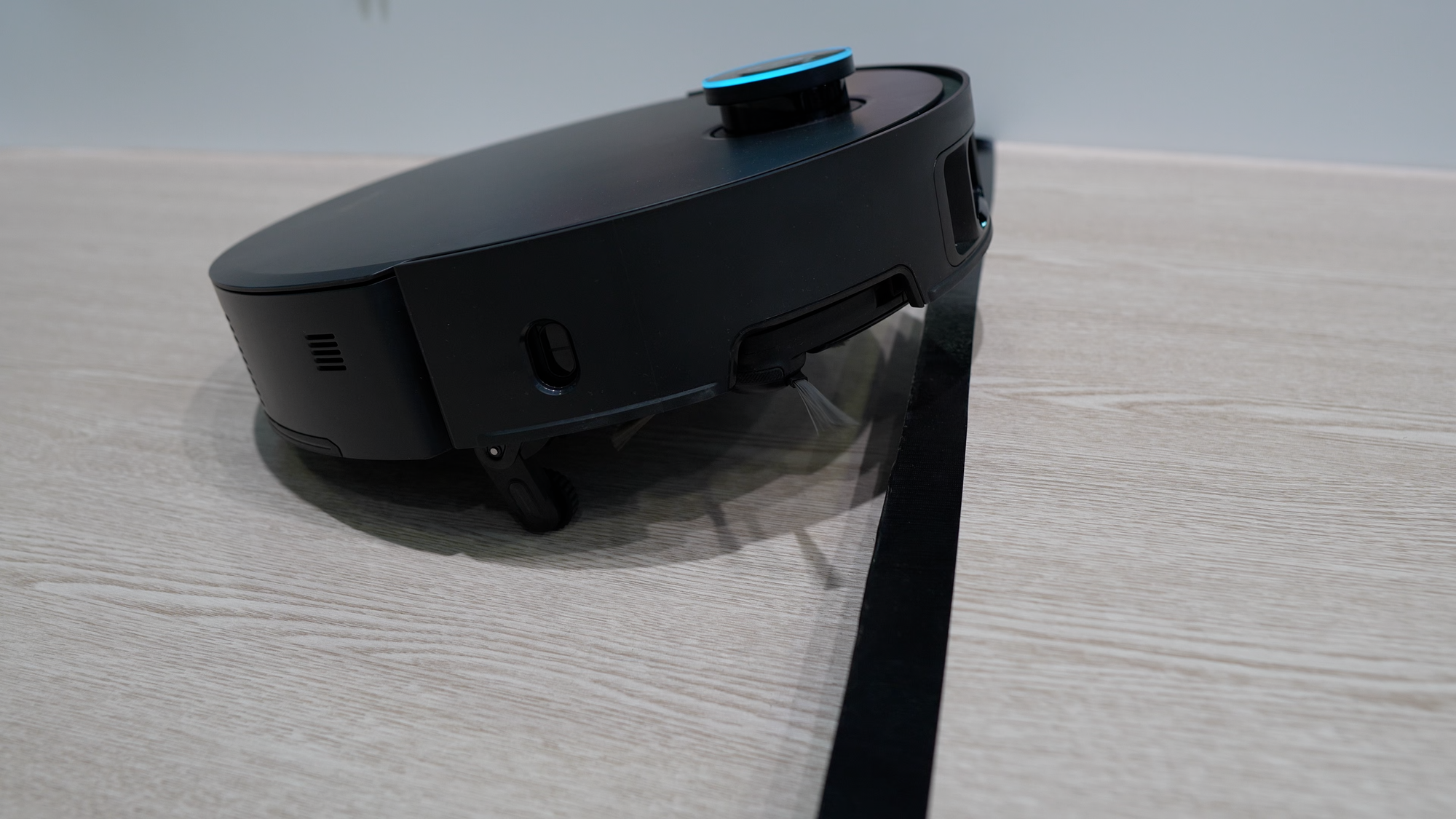
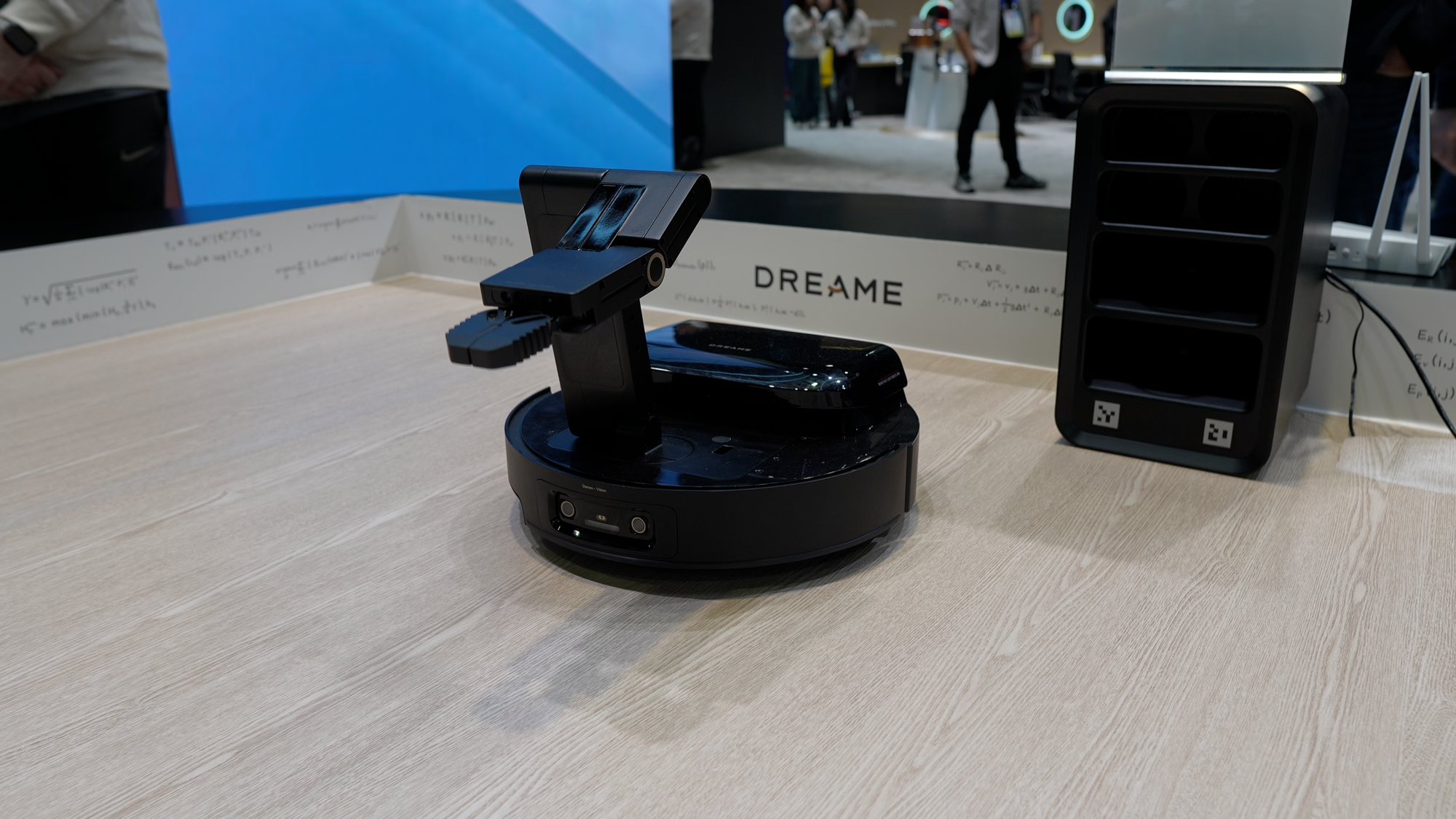
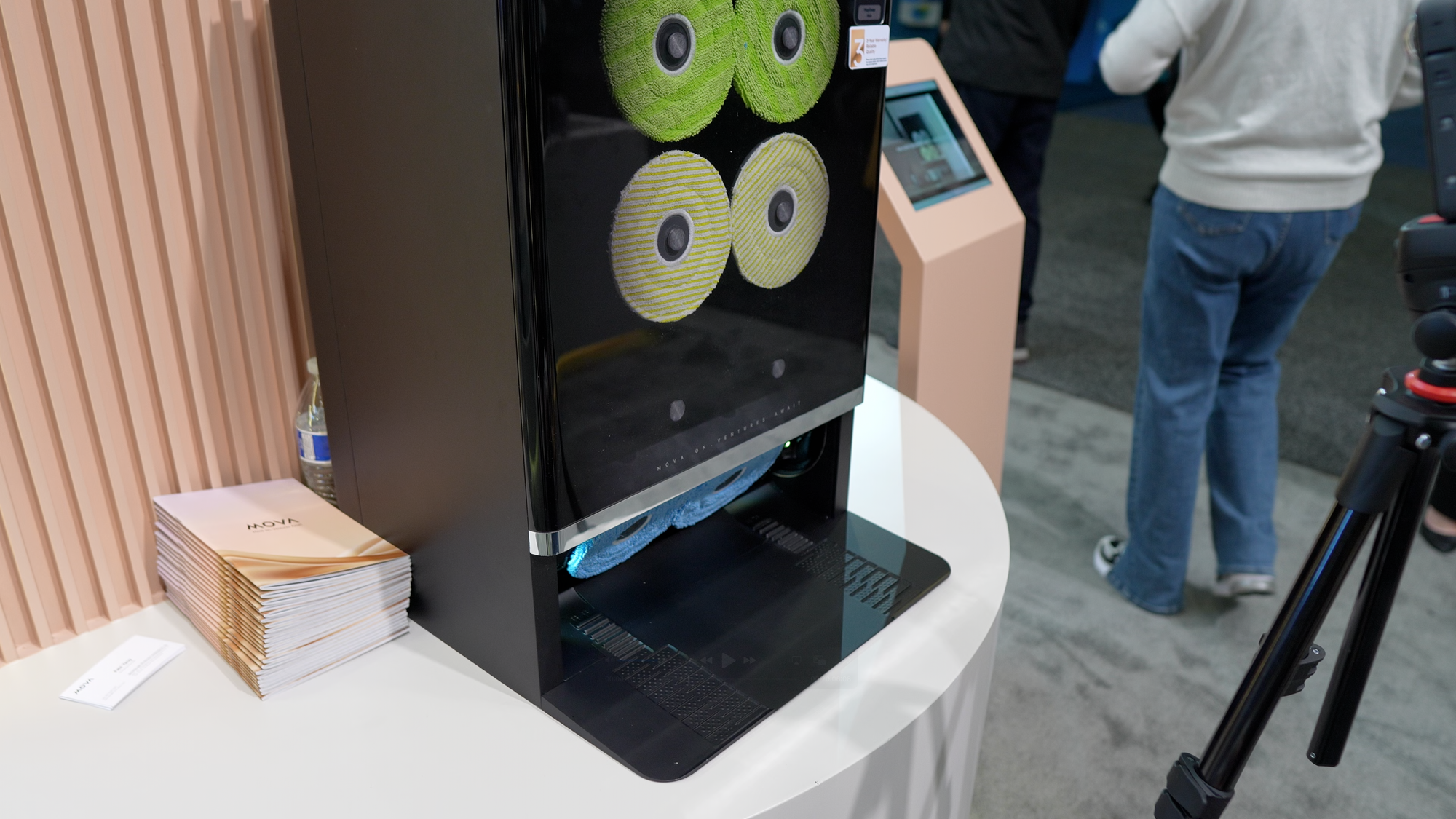
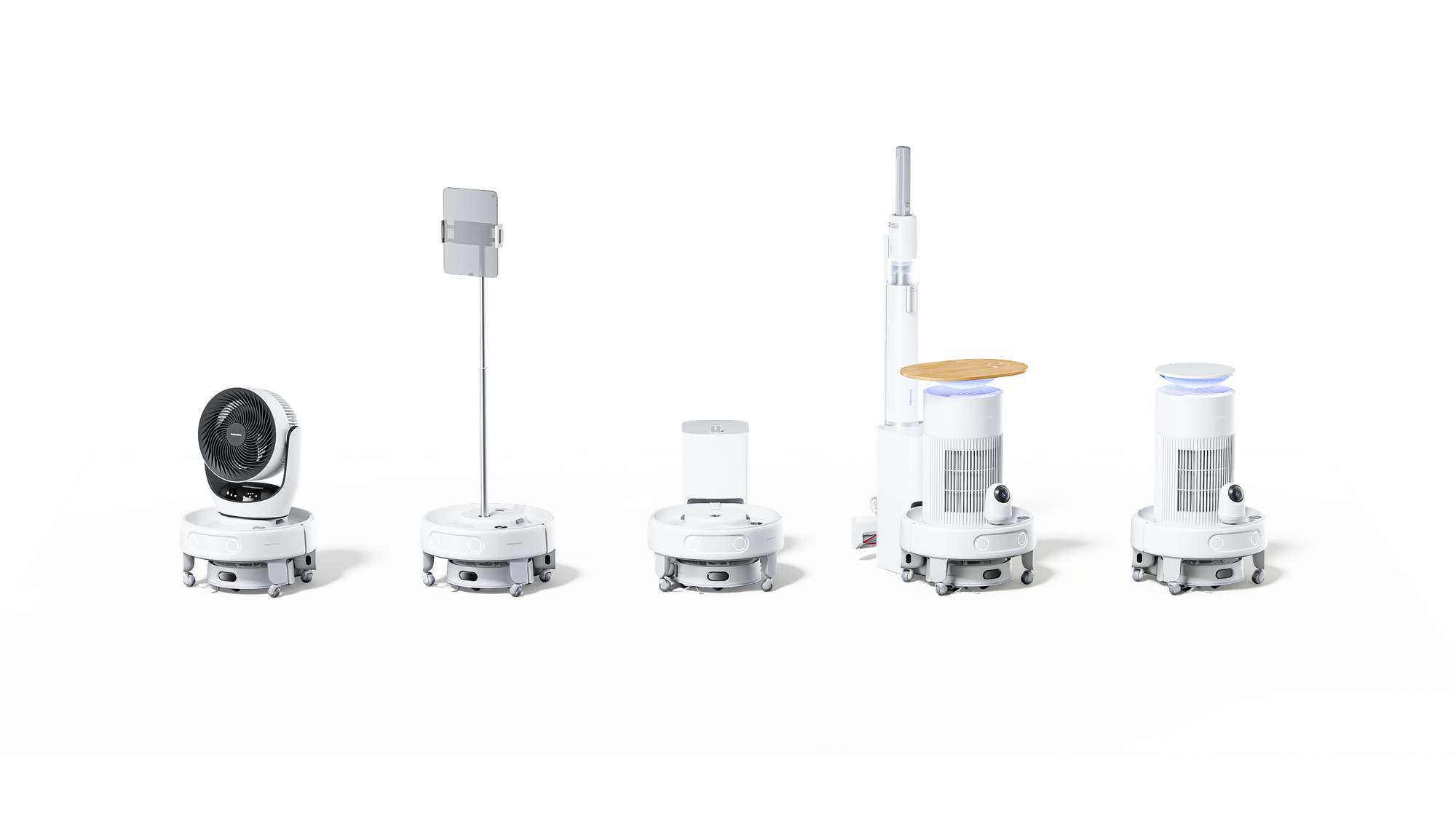
Roborock, Dreame, Mova, and SwitchBot robot vacuums and mops at CES 2025 in Las Vegas
Robot Window Cleaners & Smart Shades
Household robots are now going vertical. I saw a bunch of window cleaning robots at CES, including a few styles from Hobot who more or less invented this category, and also the WINBOT W2 PRO OMNI from ECOVACS. These window cleaning robots use suction power to move up and down your glass windows, spraying periodically and then wiping them clean. The WINBOT now has a portable docking station with charging capabilities, allowing it to charge while cleaning without needing to be plugged into an outlet. This makes it easier for homeowners to use it outdoors so you can clean both sides of your windows. Window cleaning is one of the more neglected cleaning tasks in my home, so I think something like this could be really cool.
Another thing around your windows is shades and blinds, but measuring window shades just right can be a hassle. To address this SwitchBot introduced the world’s first smart roller shade that is extendable, trimable, and interchangeable. It fits any window 22.8” to 72.8” wide, made possible by an adjustable frame and trimable fabric. The internal battery should last eight months, or you can use a solar panel for continuous power. It is Matter-compatible with a SwitchBot Hub. Pricing starts at $199.99, and it should be available later in the first quarter.
Lutron also made some news in the area of motorized window shades. They have offered the Serena shades for some time, and they’re generally considered top-of-the-line. But that also means they’re really expensive, making them unaffordable for most people. Now, Lutron is offering Caseta smart shades, lowering the price of entry to $399 for all windows up to 48” wide by 80” tall.
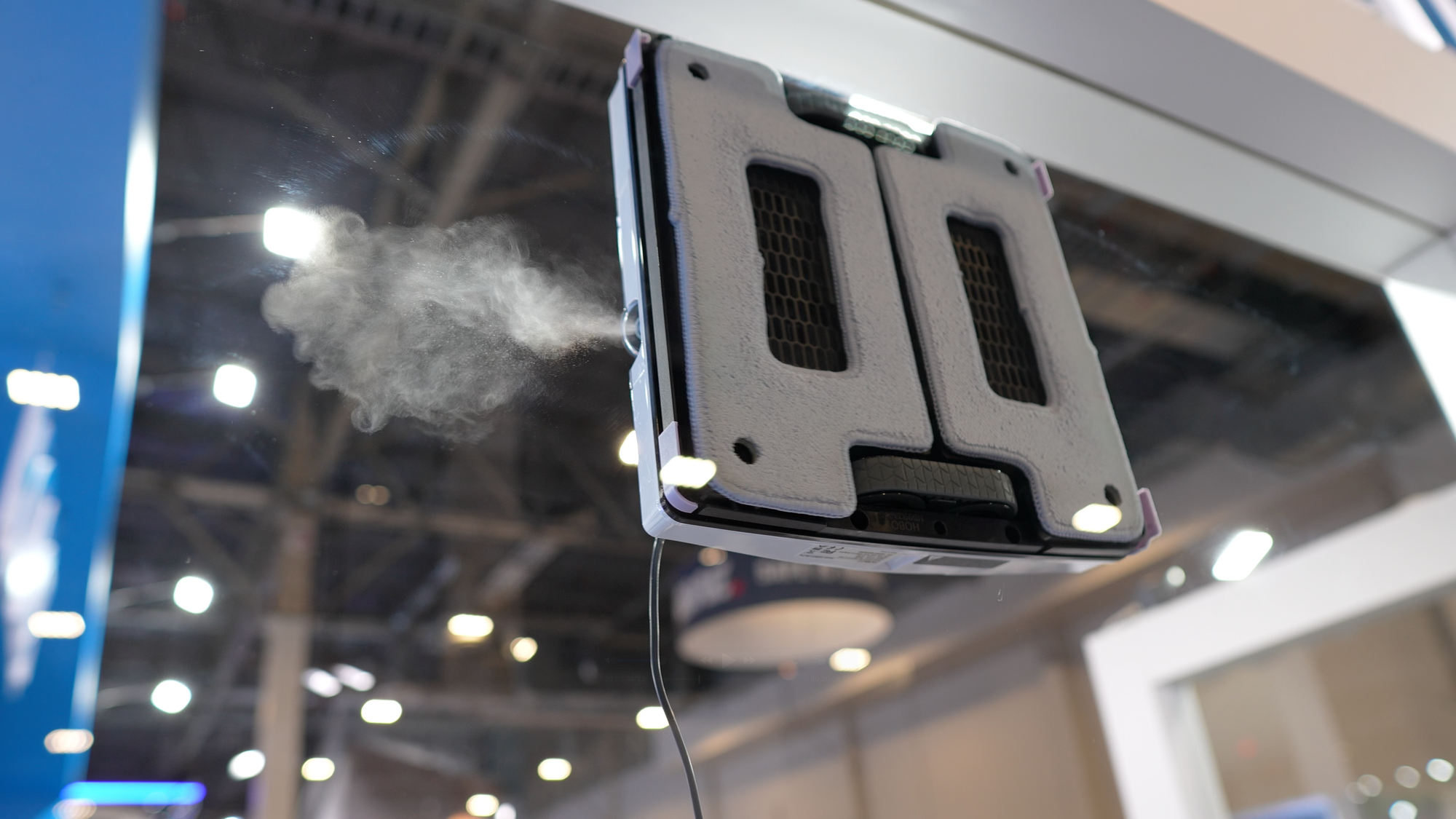
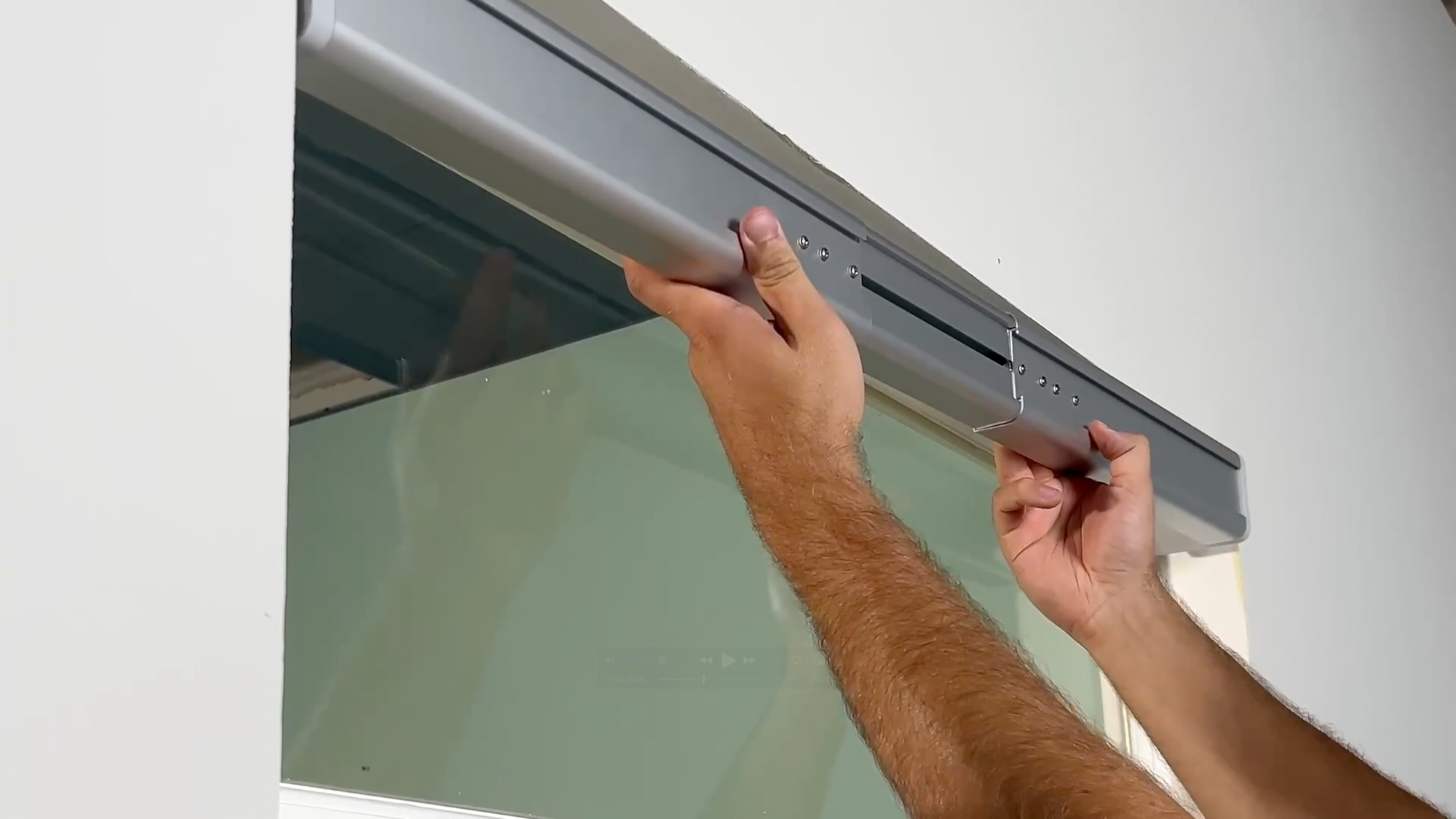
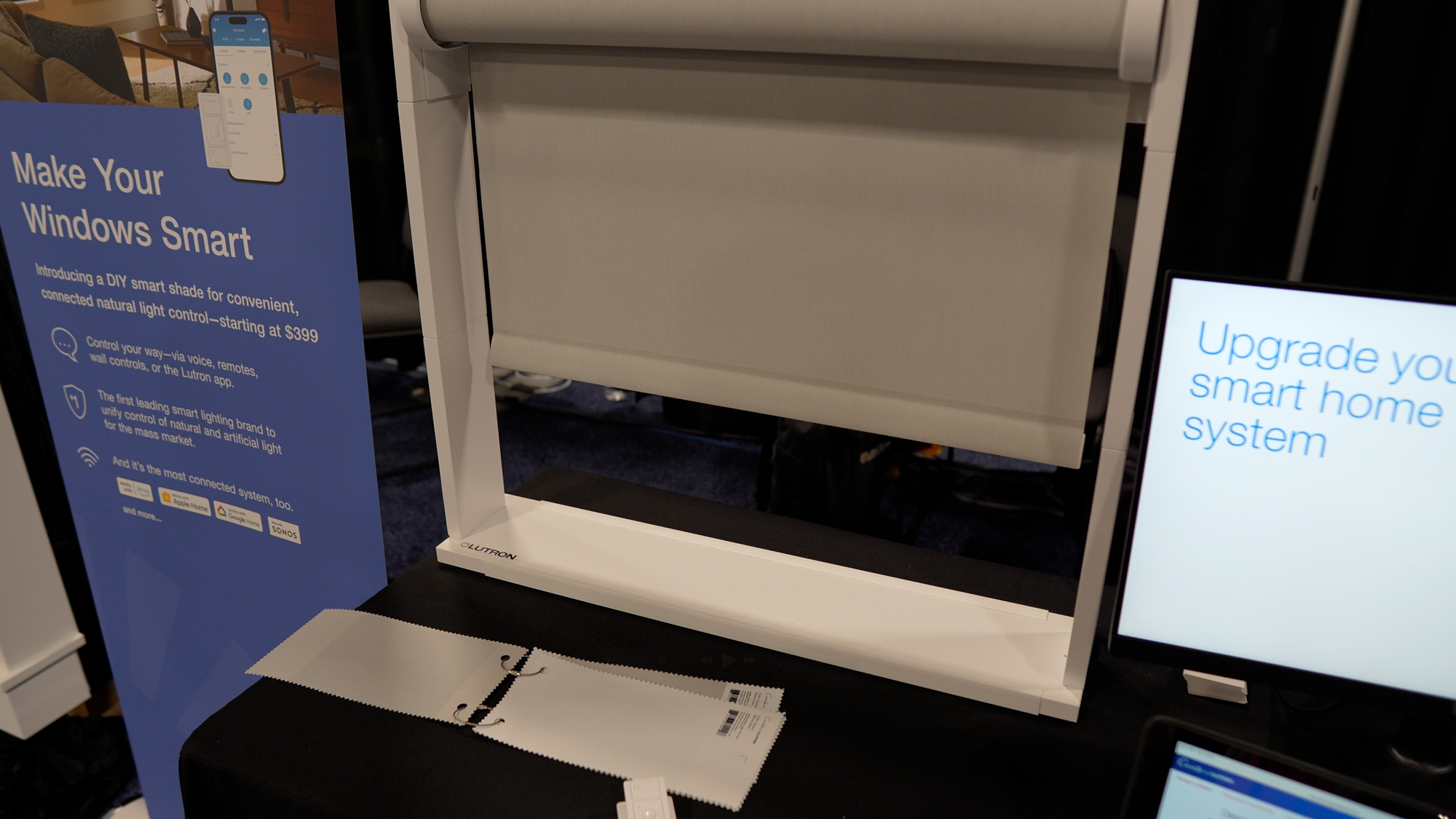
Hobot and ECOVACS robot window cleaners, and SwitchBot and Lutron smart shades at CES 2025 in Las Vegas
Smart locks
Lockly was the first to introduce shuffling pin codes, fingerprint and facial biometric recognition, and video in smart locks, and based on what I saw at CES 2025, they are not slowing down.
The Lockl Styla is a $700 all-in-on smart deadbolt lock and video doorbell. It is a tall, slender handle with more of a designer aesthetic. The idea is to enjoy the benefits of smart technology with the tech hardware just fading into the backward. Lockly Styla has a 3D fingerprint sensor, vertically-oriented PIN Genie keypad that randomizes digit placement, and 2K video camera and intercom with color night vision. It will be available sometime in the third quarter of this year.
The Lockly Duet Series features dual motorized and manual thumb-turn mechanisms. This is meant to improve smart lock battery life, taking it from 3-6 months to 9-11 months on average. The Duet Series locks have built-in WiFi for pairing to Amazon, Apple, and Google smart home platforms, and a Matter Link is available separately. The Vision Prestige Duet Series has built-in 2K video, facial recognition, a two-way intercom, and a price of $499.99. The Secure Pro Duet Series has Ultra Wide Band that allows your door to unlock as you approach it without needing to remove the phone from your pocket or bag, and will cost $379.99. Both Duet Series locks are expected to arrive in Q4 2025.
Security cameras
Reolink had two announcements at CES. First was the Duo 3 WiFi. Instead of PoE, it uses dual-band WiFi 6 supporting both 2.4GHz and 5GHz frequencies for faster, more stable live streaming. Like the prior Duo cameras, this uses two cameras to stitch together a 180-degree panoramic image for a wide field of view. The Duo 3 WiFi is available now for $179.99.
Second was the introduction of the Altas Series, the world’s first 24/7 continuous recording battery-powered camera lineup. There is a bullet-style 2K Altas with WiFi connectivity, a 4G battery camera Altas Go PT with a 360-degree view, and a future upgraded version for Altas PT Ultra with 24/7 continuous recording capability. Reolink is able to achieve continuous recording up to seven days thanks to a large 20,000 mAh battery combined with software improvements that lower power consumption. You could also pick-up a solar panel to avoid charging altogether.
TP-Link introduced Tapo PoE cameras with a dedicated NVR for local video recording. The standout feature was person recognition, and I don’t mean distinguishing a person from a cat. It can identify and remember different faces, for example, whether the person approaching the door is Michael or Ashley. This level of person recognition can open up new home automation possibilities, like setting the lights, thermostat, or music the way someone likes it, or just announcing who is arriving home.
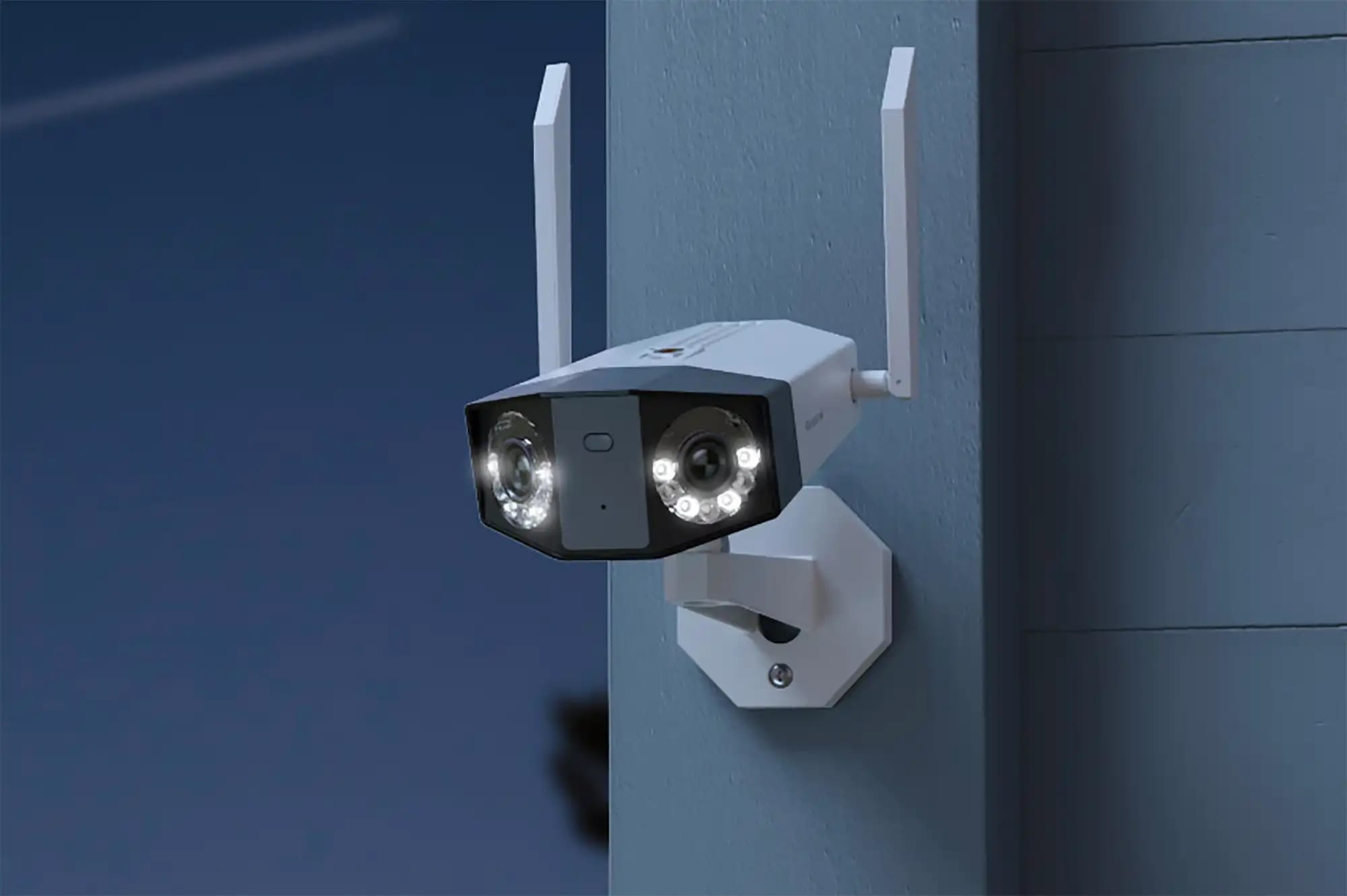
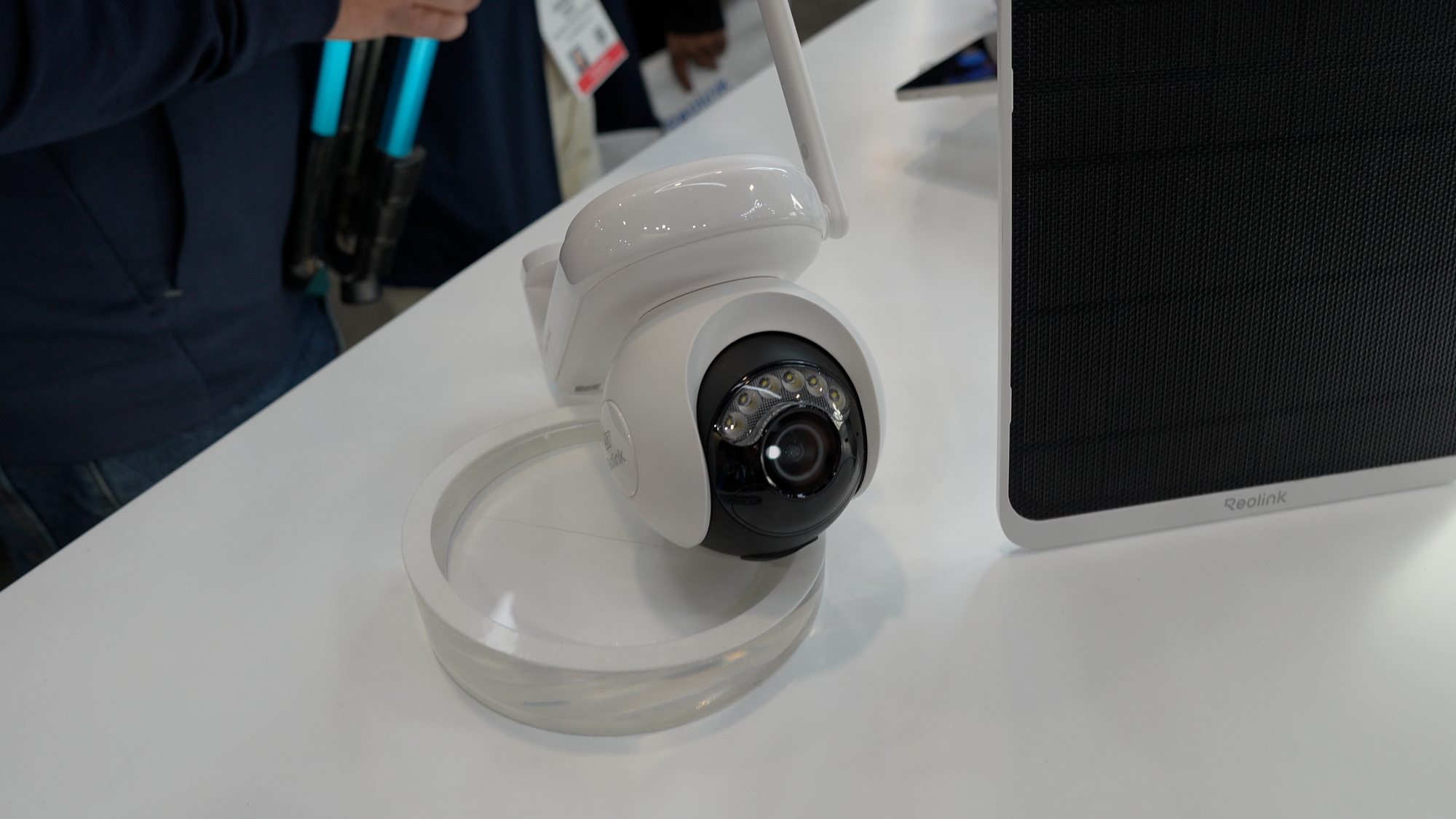
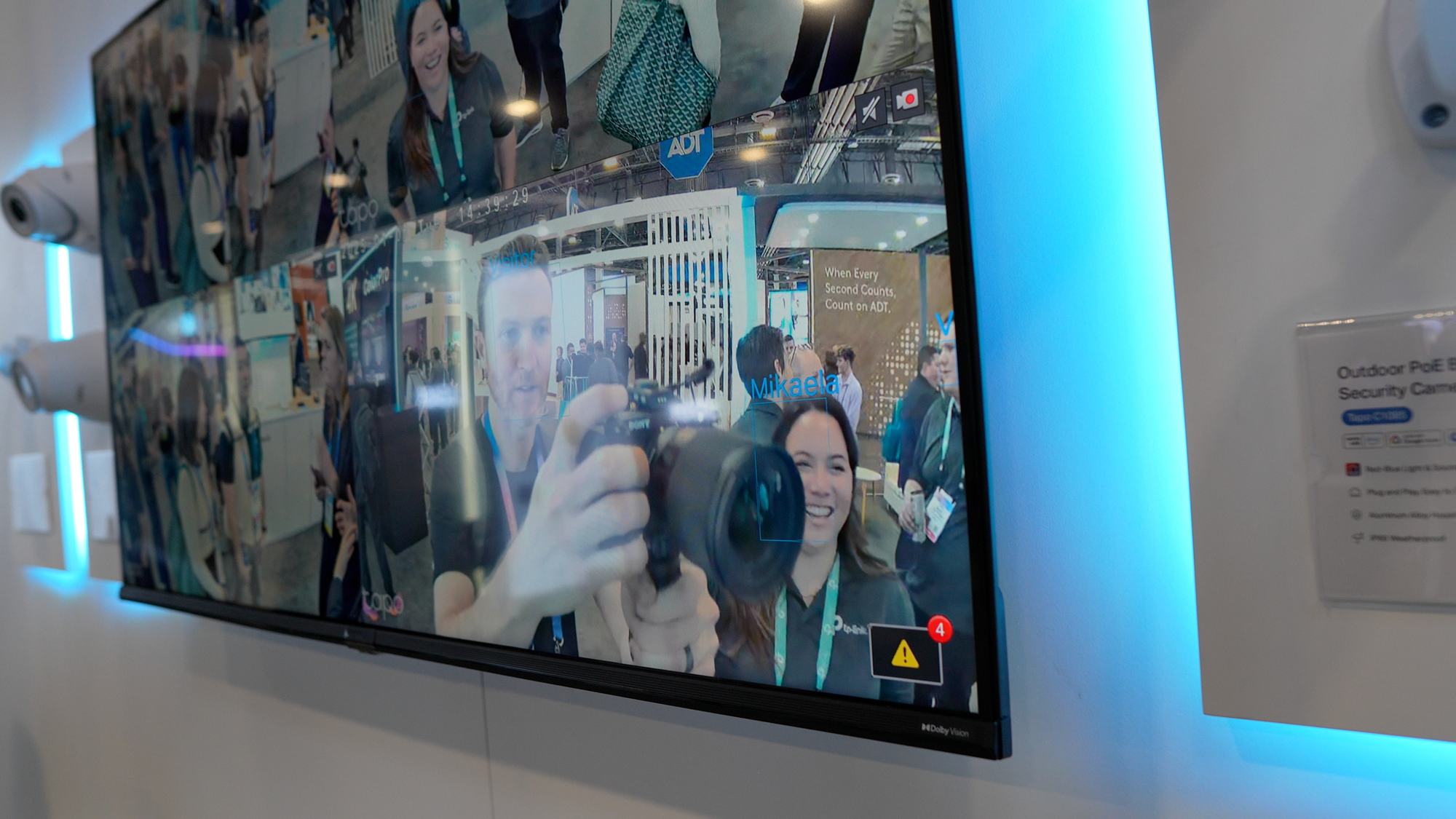
Reolink and Tapo security cameras at CES 2025 in Las Vegas
Lawn care
Mammotion announced smaller versions of its robot lawn mowers, showing off the LUBA mini and YUKA mini.
The LUBA Mini is a smaller version of the popular LUBA 2. It features the same all-wheel drive system and can climb an 80% slope, which I got to see in action and was frankly impressive. Like the name implies, the LUBA Mini is meant for smaller lawns, able to mow up to 0.37 acres. Pricing starts at $1,499, and it’s expected to ship in early March
The YUKA Mini is a smaller version of the YUKA, and also meant for smaller lawns. It can mow up to 0.2 acres with 10-minute AI auto-mapping, and includes AI object identification and avoidance. The YUKA can handle slopes up to 45%. Pricing starts at $899, and is also expected to ship in early March.
Yarbo made a big splash at last year’s CES when they showed off their tank-like robot with modular attachments for mowing grass, take care of leaves, and blowing snow. They were back at CES this year with the Lawnmower, Blower, and Smart Assist Module featuring a sleeker design, and a new “Follow Me” mode that allows the robot to follow you around. Yarbo can still mow six acres, climb a 70% slope, and tow 3,500 lbs, the same as my Honda Odyssey minivan. Seeing this thing in person is just incredible. It really looks like something that could come out of a battle zone completely unscathed.
Automating your yard’s irrigation can save you time and help you maintain a healthy lawn. But installing an in-ground irrigation system is expensive. The Aiper IrriSense doesn’t require burying pipes in your hard. It comes with a 33-foot power cord and connects to a garden hose to intelligently water your yard based on weather and soil conditions. You can move the one unit around as needed to cover your lawn, or use multiple together. It is designed for areas up to 400 square meters, costs $399, and will be available in May.
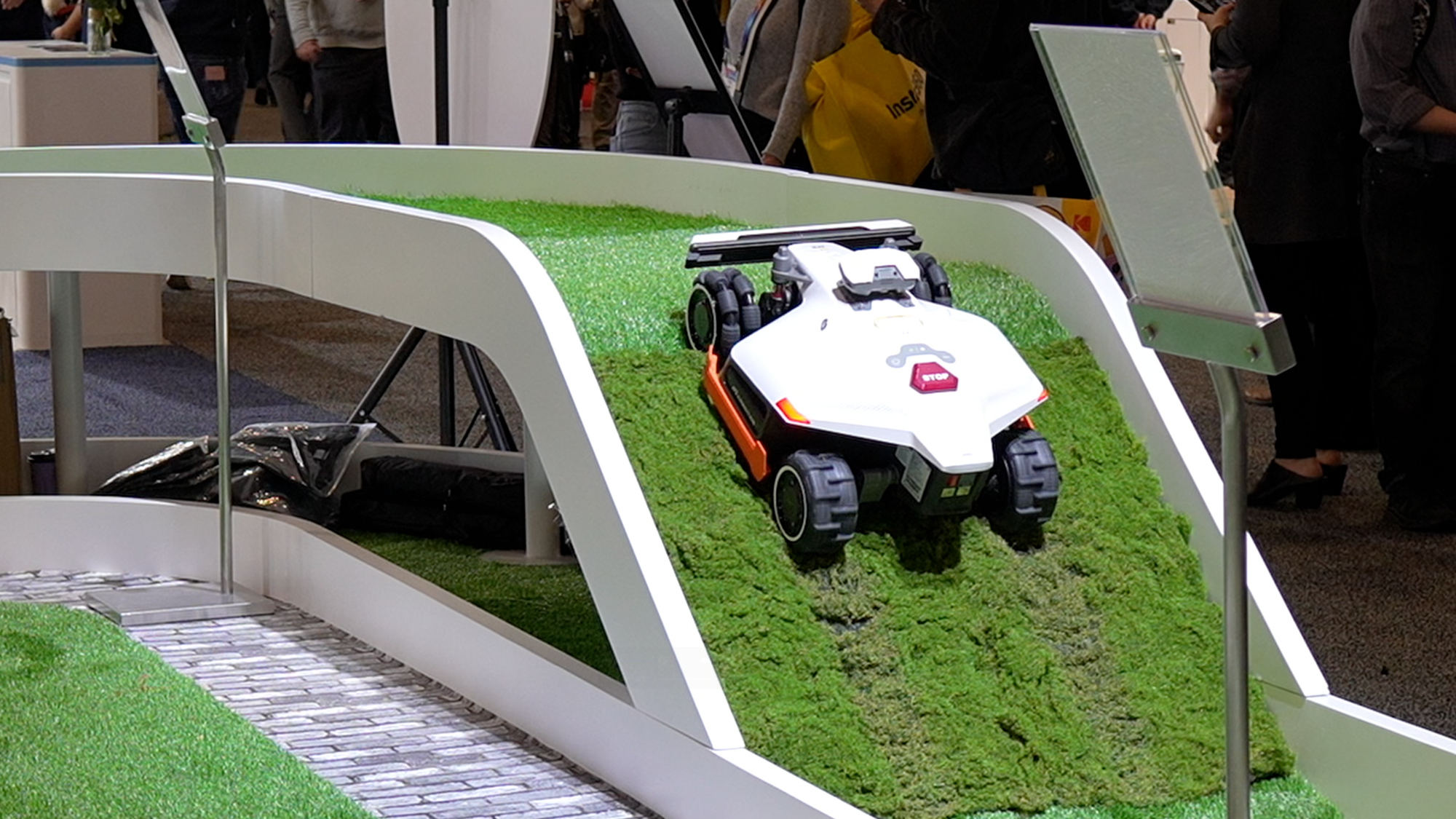
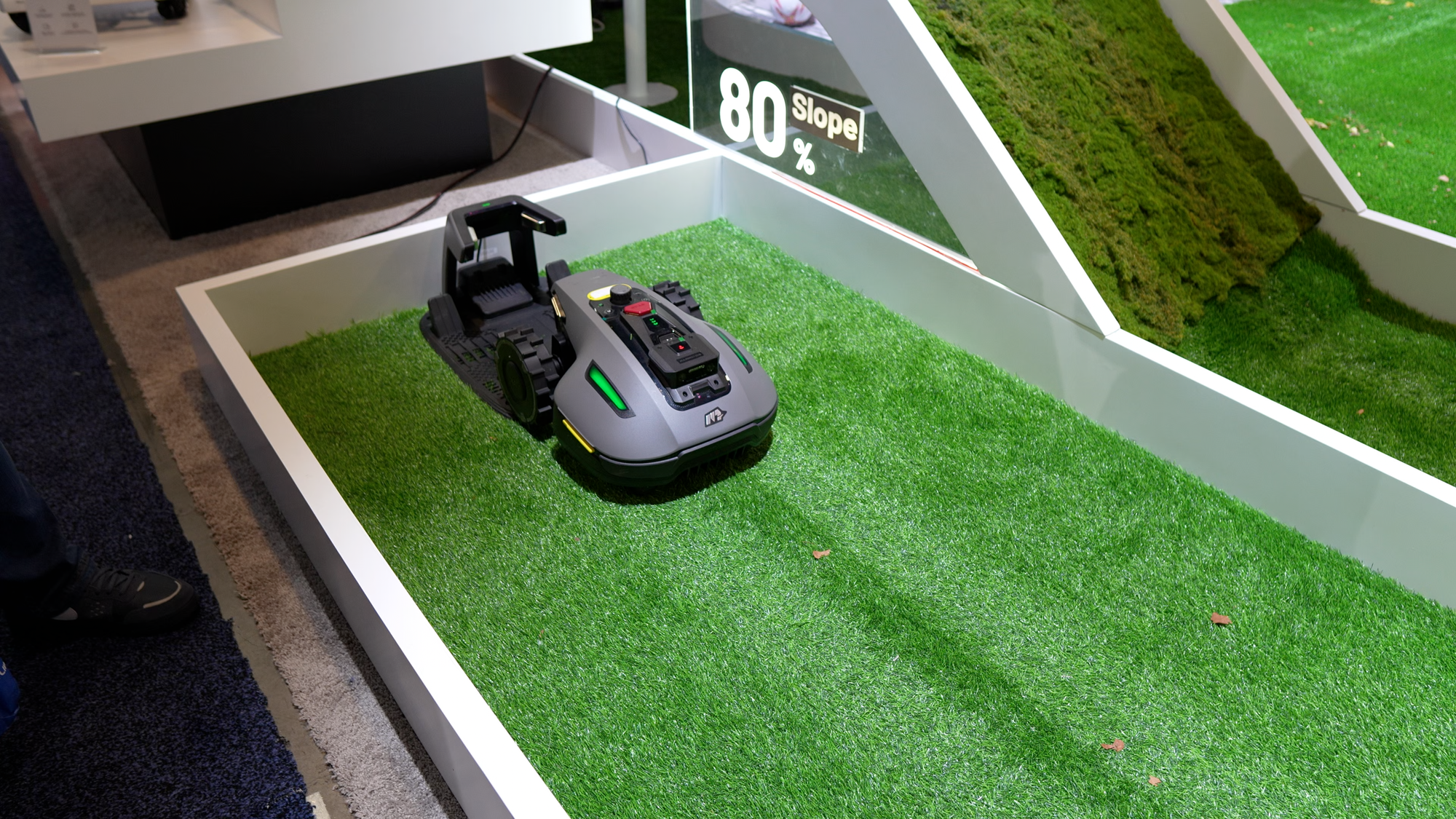
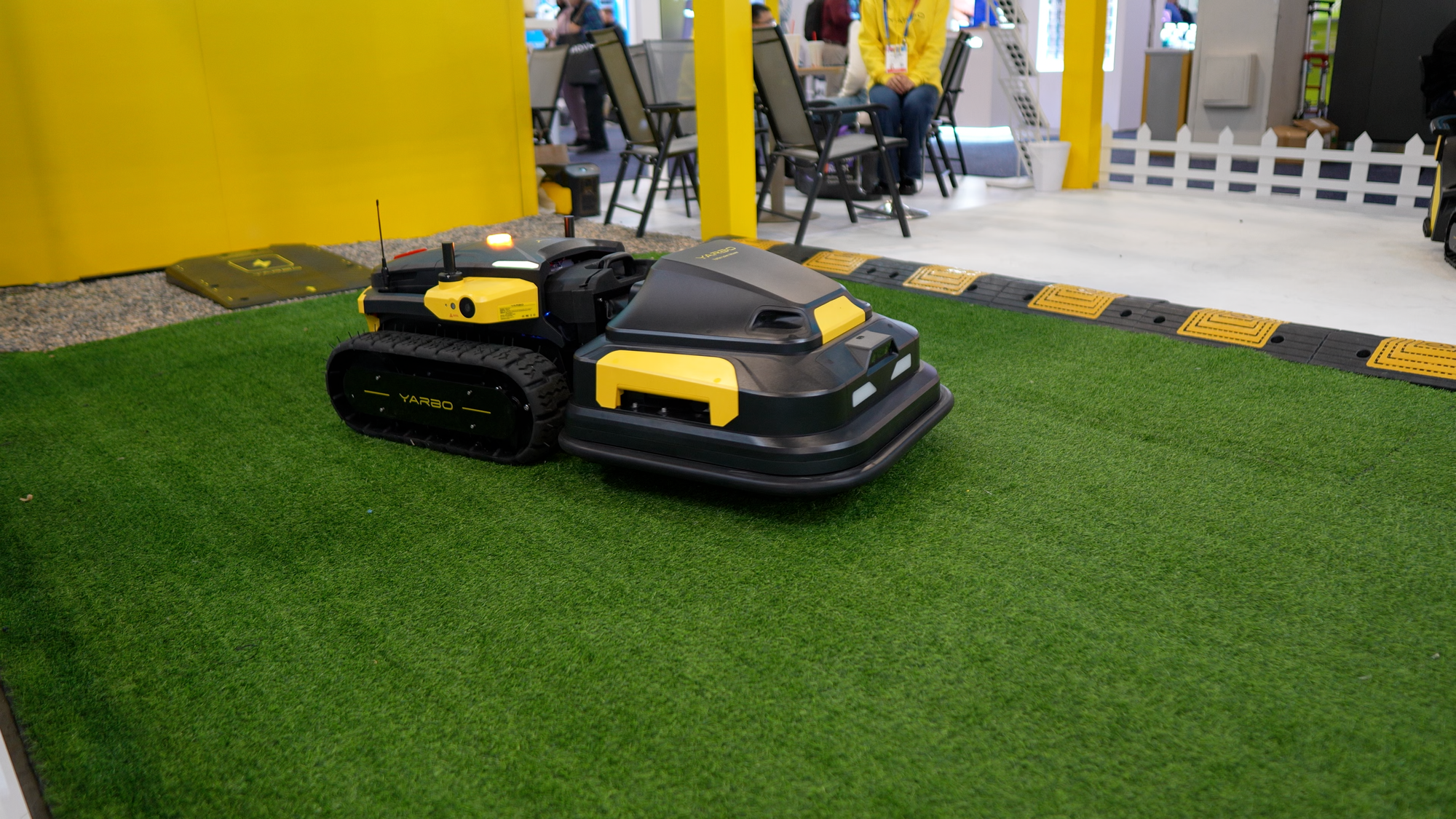
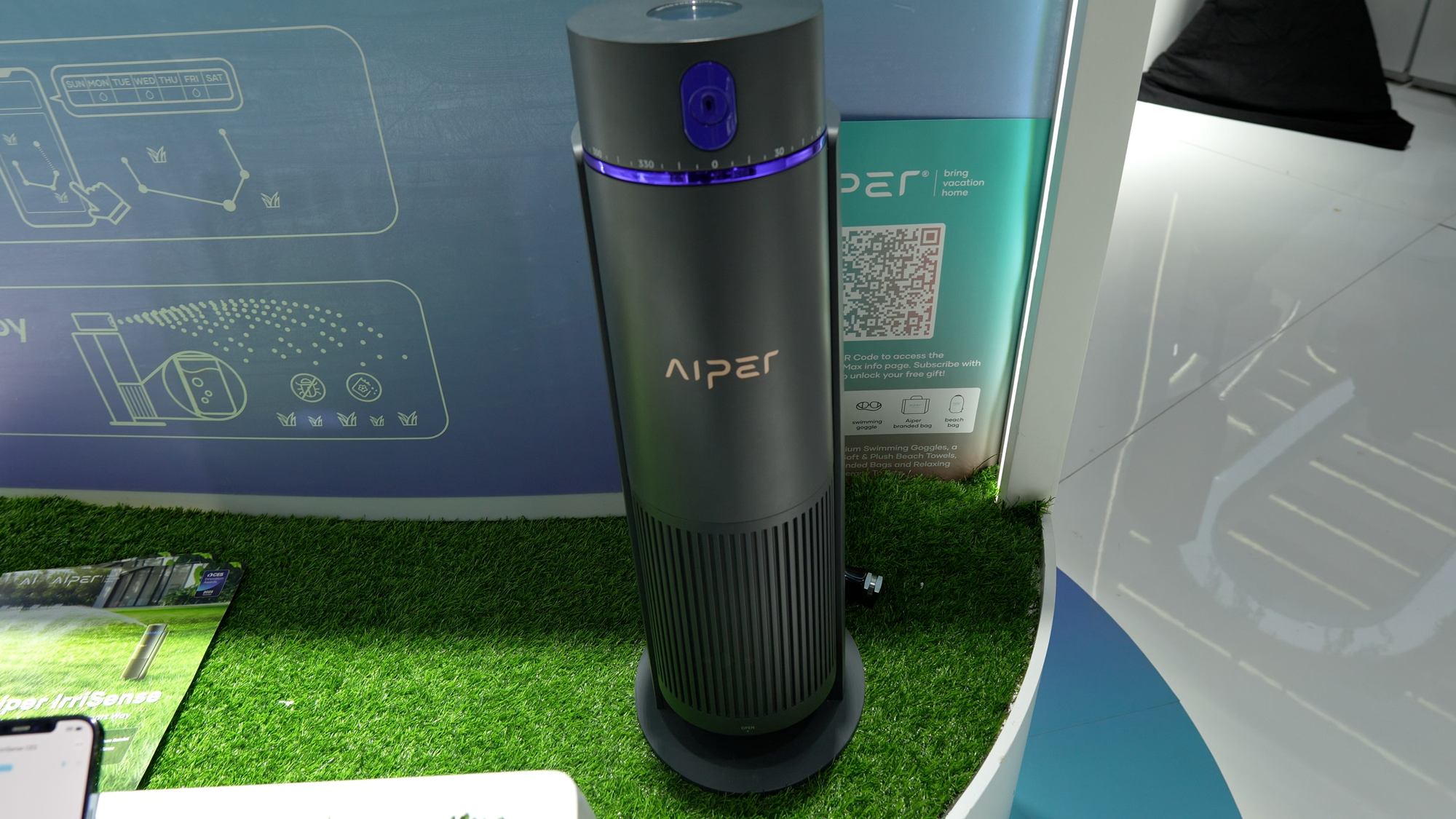
Mammotion and Yarbo lawn robots, and Aiper IrriSense smart irrigation at CES 2025 in Las Vegas
Smart home accessories
There were also a bunch of cool new accessories for your smart home.
Aqara announced the Panel Hub S1 Plus and Touchscreen Dial V1. These can be installed in place of a regular light switch on the wall. You can use the Panel Hub touchscreen to adjust lights, thermostats, blinds, view camera feeds, or take other actions to manage and control your smart home. It doubles as a Zigbee hub and can bridge those devices into Matter.
The Touchscreen Dial V1 is a tactile rotary dial with a 1.3-inch touchscreen. You can swipe through to choose a device to control, and then turn the dial for granular adjustments, like dimming lights, adjusting a thermostat, or opening or closing window shades. Unlike the Panel Hub, the Dial V1 is not Matter-compatible. Both the Panel Hub and Dial V1 launch in Europe this month, and will arrive in the US later in 2025.
Aqara also introduced the Presence Multi-Sensor FP300. This thing has five sensors: PIR for motion, mmWave for presence, light, temperature, and humidity. It is one of the first wireless mmWave sensors, operating on two coin batteries for up to two years over Thread, and up to three years using Zigbee with an Aqara hub.
Govee introduced the Table Lamp 2 Pro x Sound by JBL. This is a smart table lamp that combines a multi-color smart light with audio features. You can choose from 100 color scenes, and the lights can react to the sounds played over the built-in speakers. It is Matter-compatible, and expected to arrive in the second quarter. No word yet on pricing.
One thing I didn’t know I needed until I saw it was the Smart Mechanical Keyboard MK1 by Third Reality. It connects to your smart home using Matter, giving you10 programmable buttons right on the keyboard for controlling your smart home. You could adjust lights or trigger automations in a single click. The keyboard uses Gateron — not sure if I’m saying that right — Yellow switches, and has built-in RGB lights. No word yet on pricing or availability.
Flic and Linxura both showed off various smart buttons for smart home control. Flic debuted the Flic Duo, which has two buttons of unequal size. You can wall-mount it and simply use it to turn lights on and off, or remove from the wall mount to access motion-based commands. Between button press, swipes, and rotations, you can configure over 30 unique commands. It is Matter compatible, and will be available for pre-order in late January at an early bird price of $49.
Linxura showed off its new Aura portable smart home controller that supports Zigbee and Matter. It is the first smart button with an e-ink display. You can configure scenes and control devices from the Aura, and it will be available later in the first quarter for $39.99
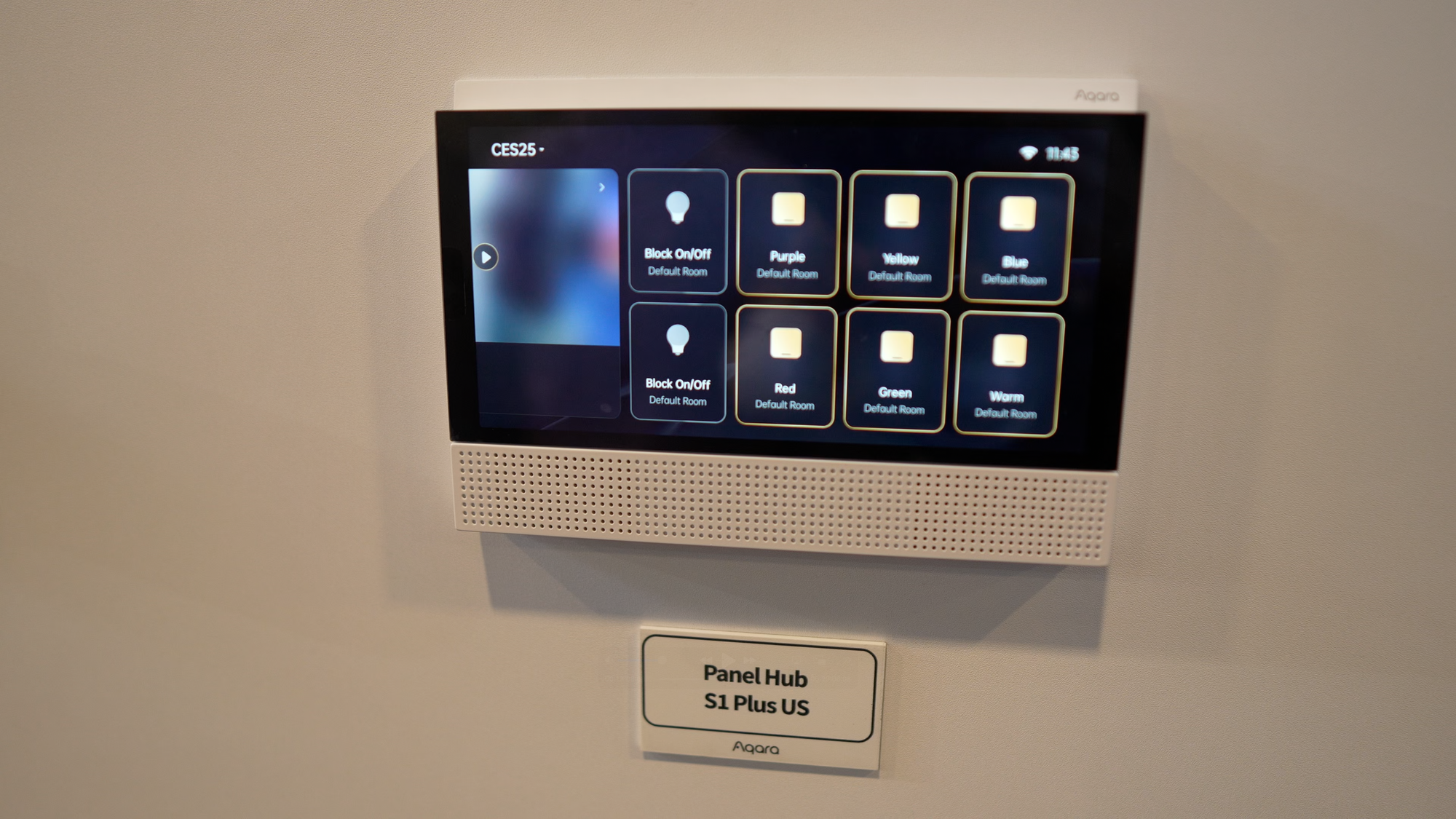
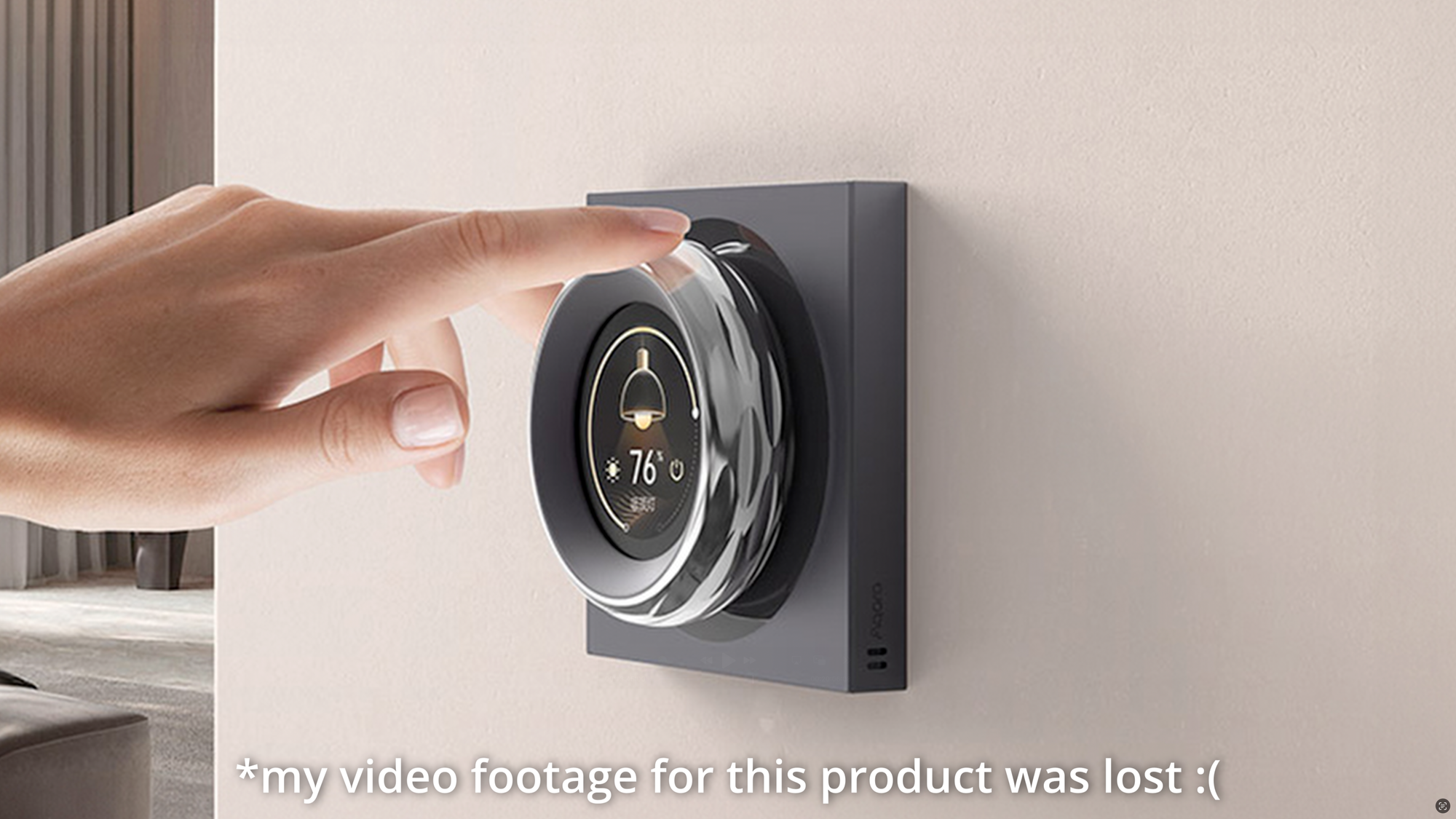
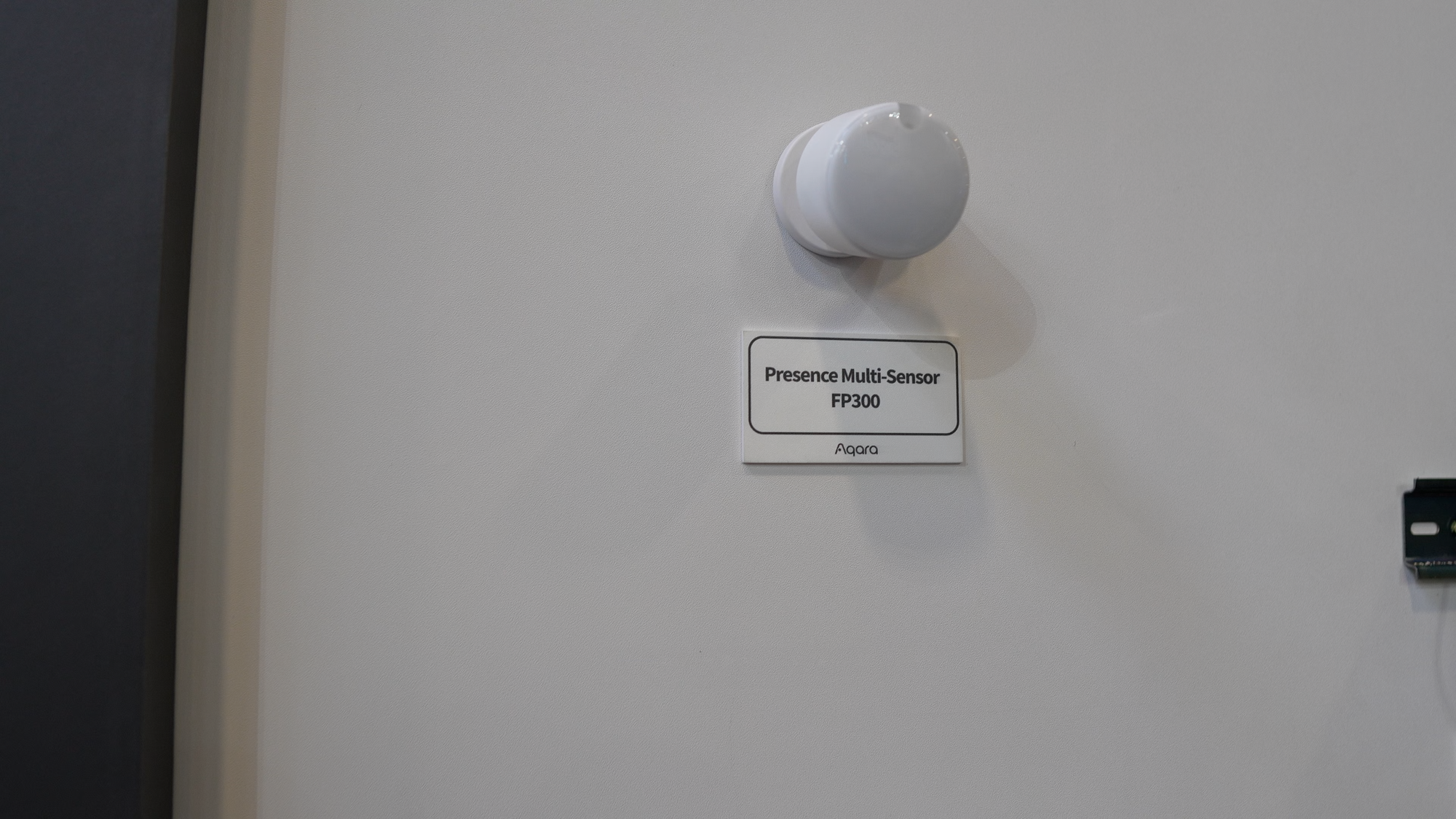
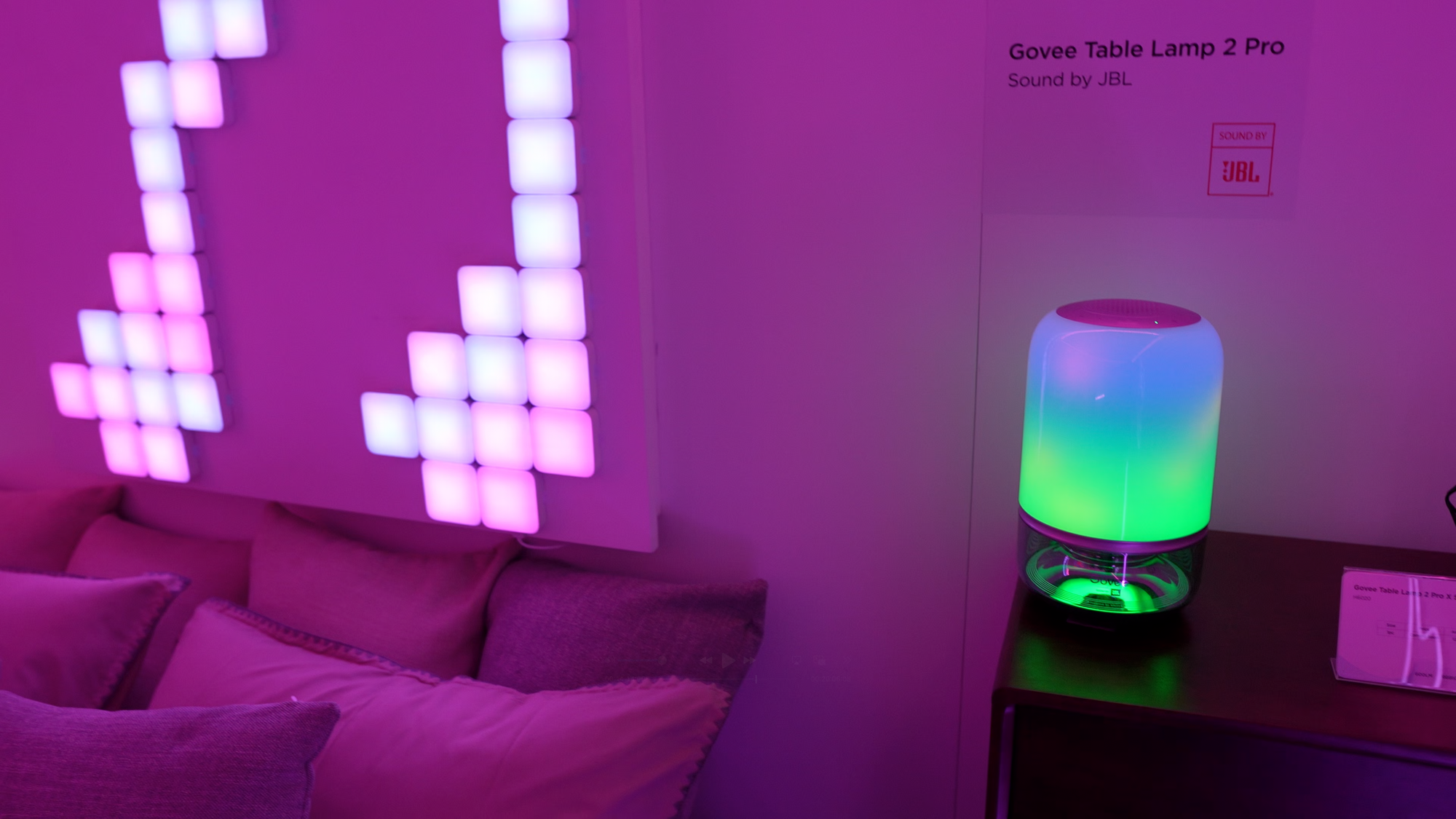
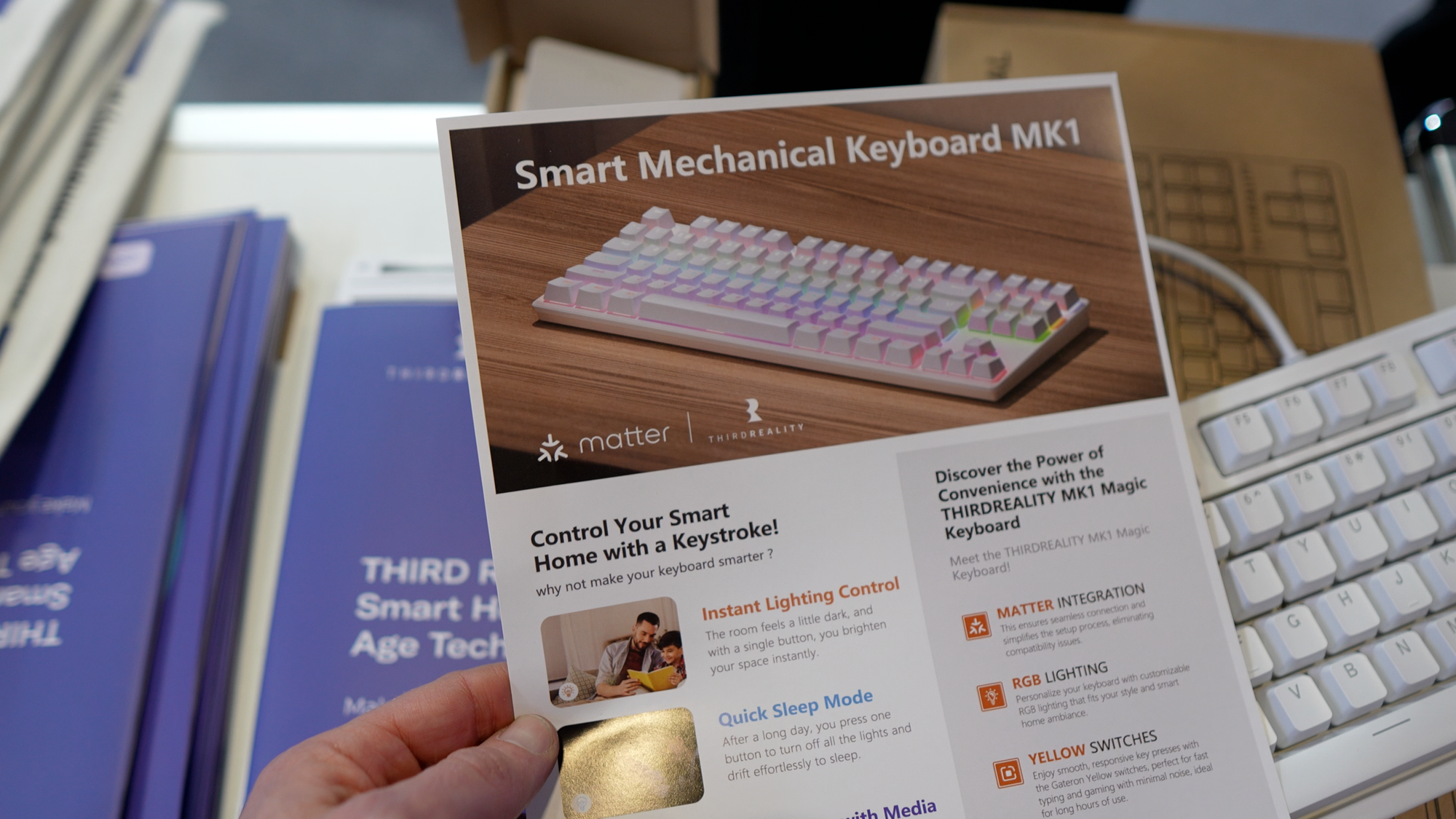
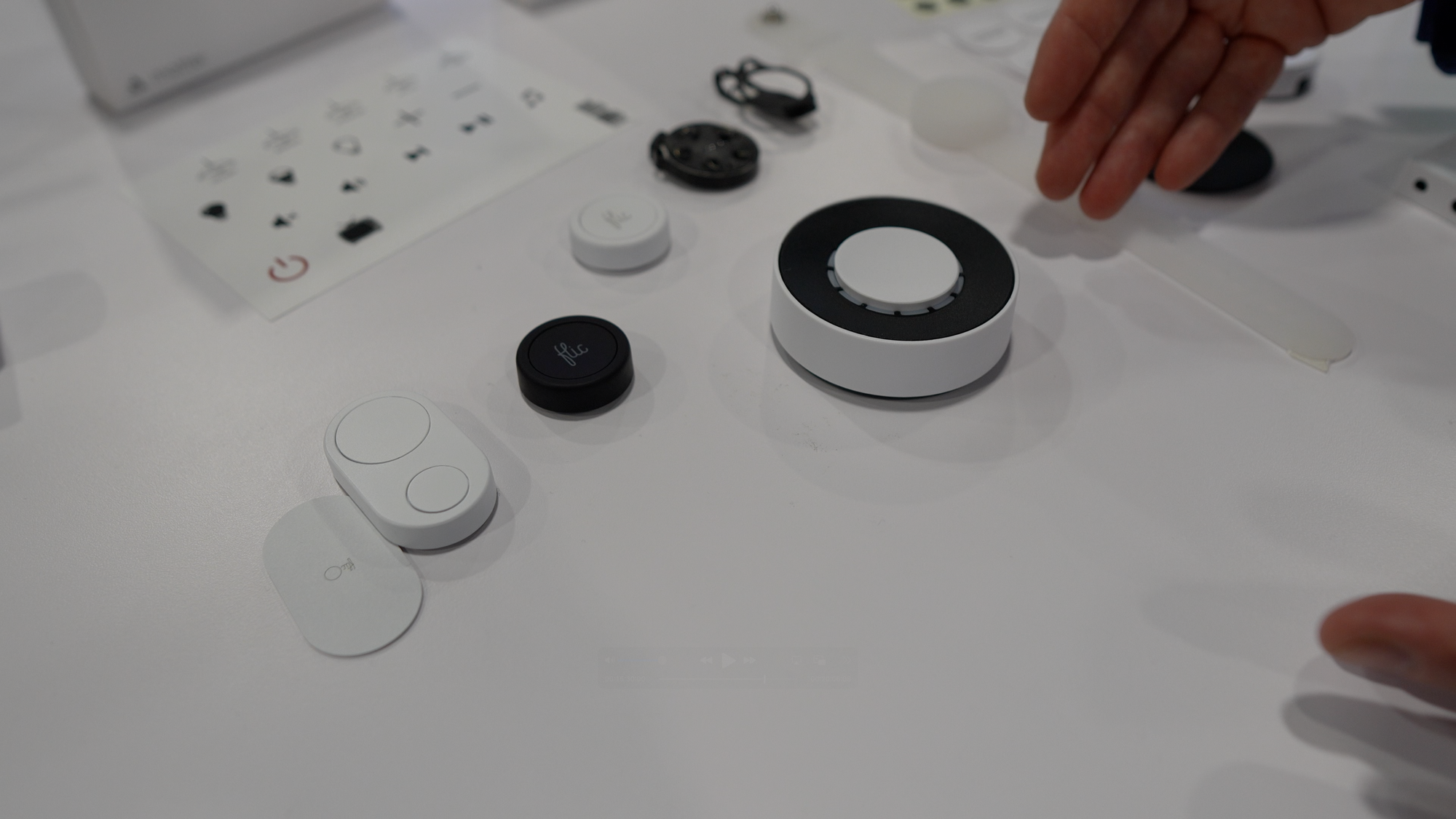
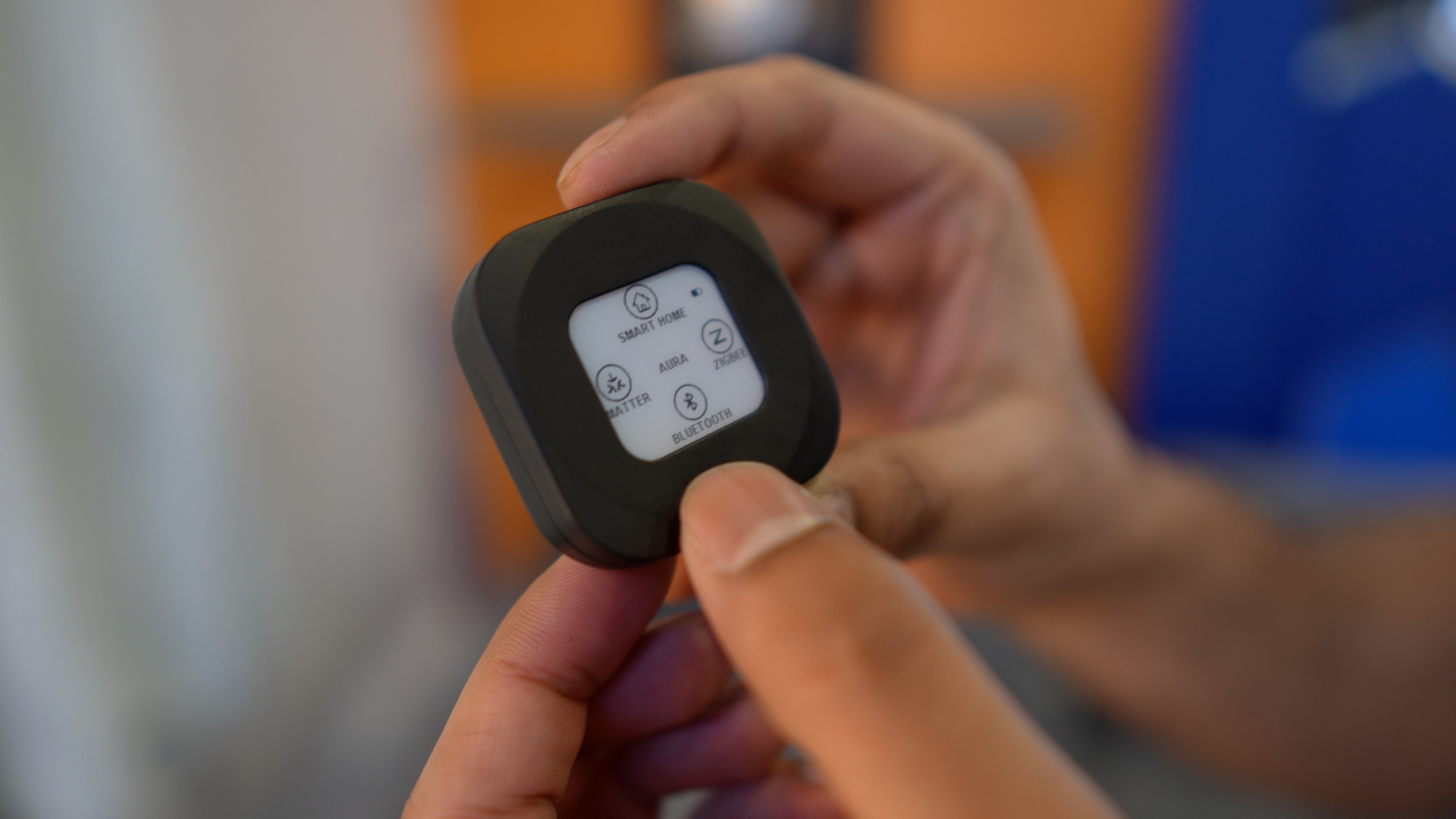
Aqara, Govee, Third Reality, Flic, and Linxura smart home accessories at CES 2025 in Las Vegas
Robot, robots, robots
So that’s the smart home tech, but there was plenty of other wild tech on display. It wouldn’t be CES without robots everywhere, but this year’s robots placed a strong emphasis on companionship. In other words, robots designed to keep you company as opposed to get stuff done for you.
Mirumi are cute littly furry robots by Yukai Engineering that look like miniature yetis. These robots just stare at you and move their heads a little — that’s it. The idea is re-create what it’s like to meet the eyes of a baby.
The Loona companion robot is the world’s first consumer robot with ChatGPT, so you can have aa natural conversation with it. Loona is about companionship. It can respond to your gestures, give you a fist bump, and play with a little ball, like a tiny robot cat.
Mirokaï robots from Enchanted Tools were designed with patient care in mind, from providing joy to the elderly, to helping nurses carry out basic tasks. They have animated expressions that respond to you.
Mi-Mo by Jizai is a table robot with a desk lamp for a face. It is designed to be a general purpose AI robot that can think, act, and adapt based on audio, visual, and movement indicators. Right now it’s mostly a fun little Pixar lamp, but they envision it being used in health care settings in the future.
Oh, and there were robots to rub your back and give you a massage. I wouldn’t mind having one of these.
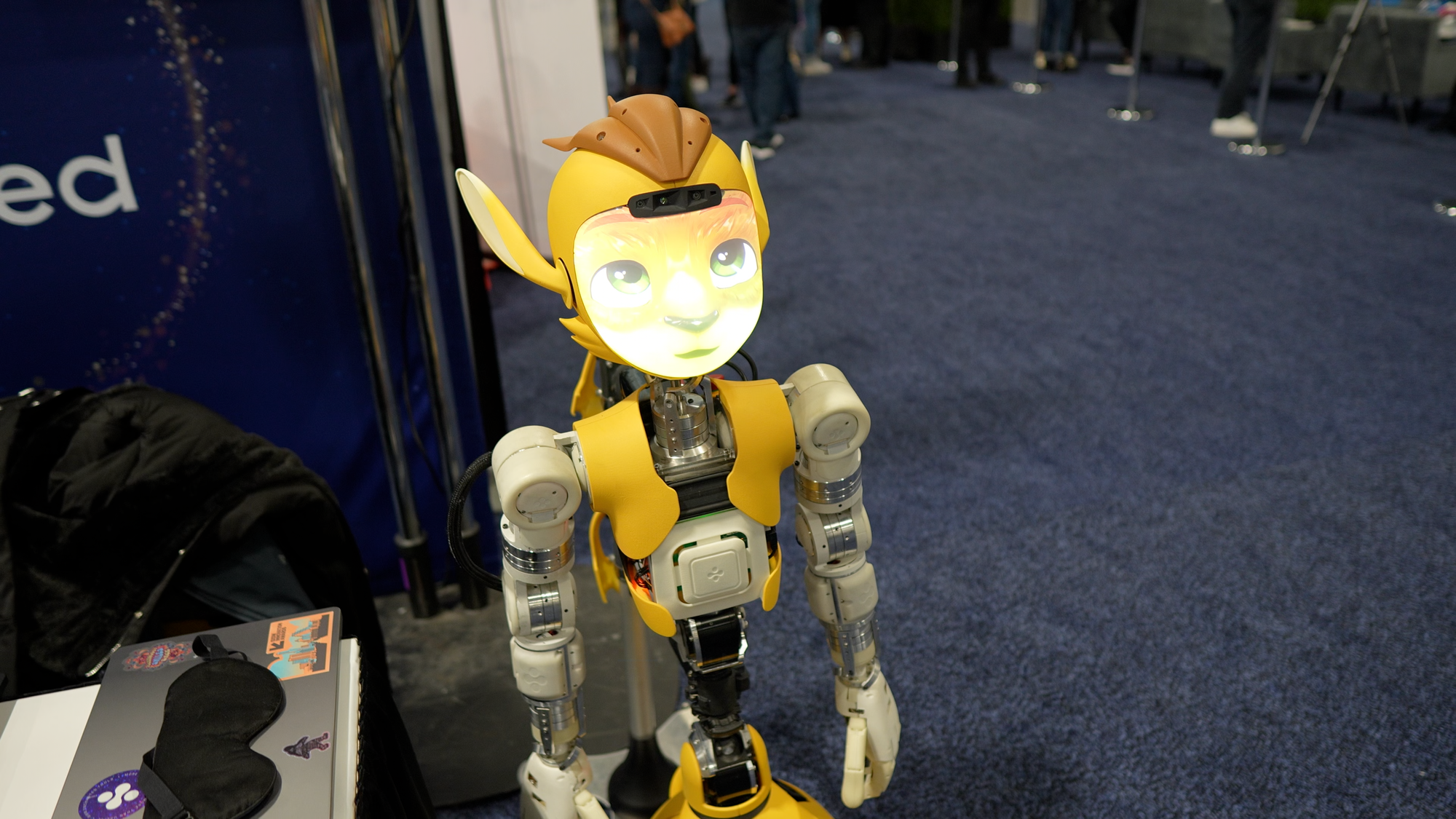

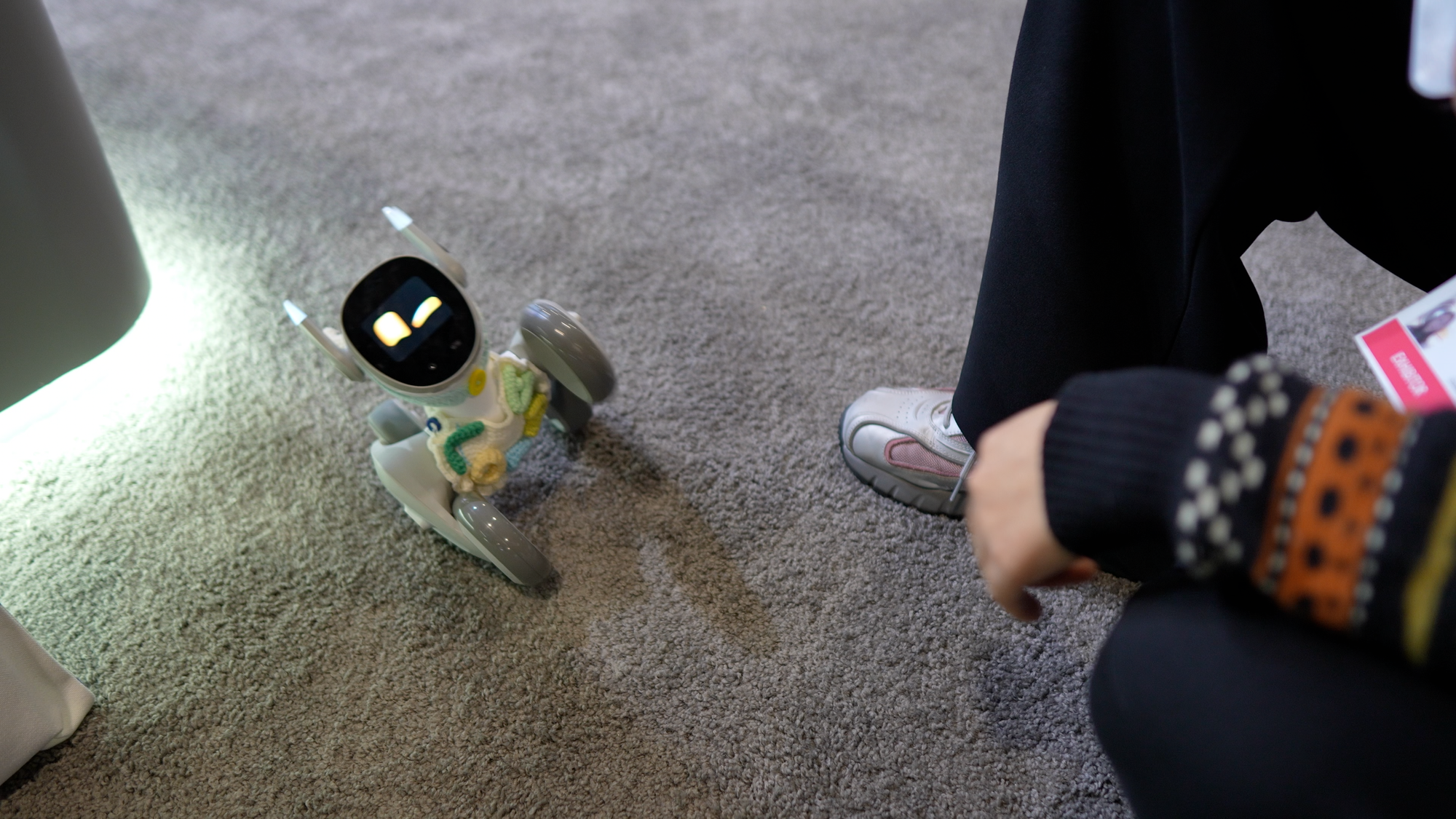
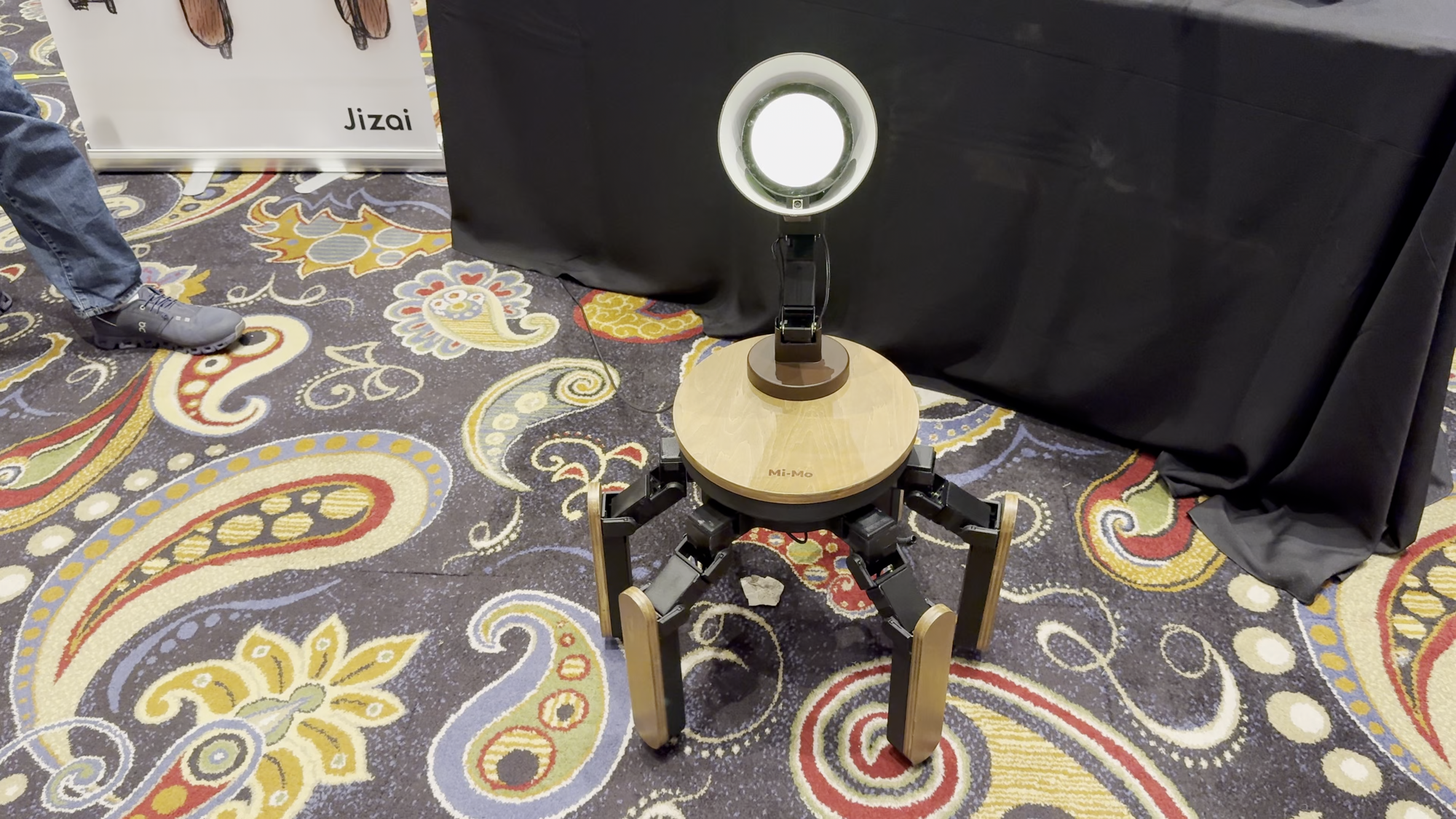
Robots were everywhere at CES 2025 in Las Vegas
Bulletproof doggy door
But maybe you already have a pet as your companion. Well, then you might be interested in the Pawport, a retrofit, smart, motorized pet door. It’s activated by a Bluetooth beacon on your pet’s collar, and you can set schedules for when it is allowed to open and close, and even have it remain closed during bad weather. And if you’re really worried about your pet’s safety, the Pawport is actually bulletproof.
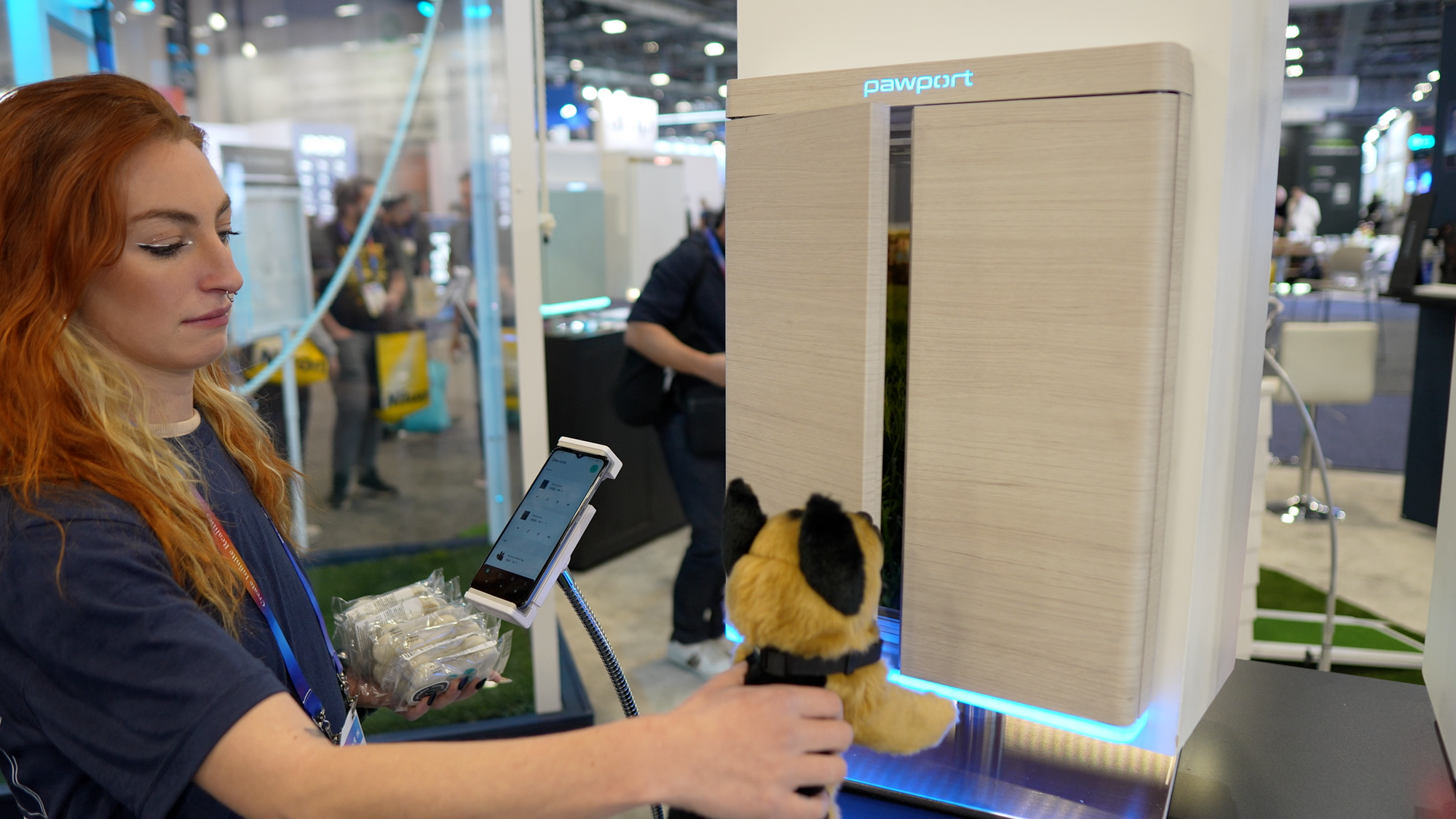
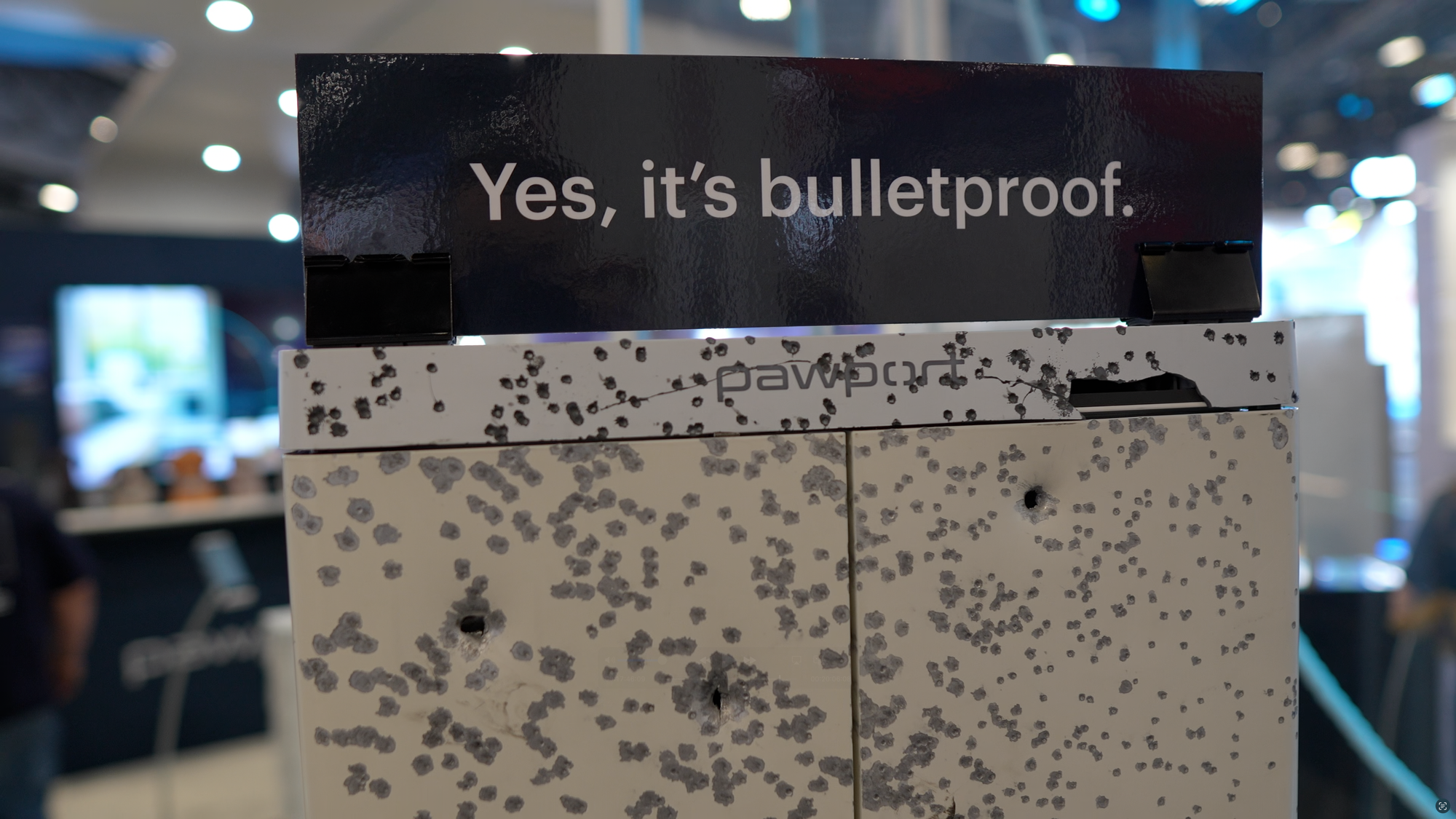
Automated pet door at CES 2025 in Las Vegas
AI backpacks
AI was clearly everywhere at CES, but things got a bit peculiar when I saw it in a children’s backpack. These AI-powered backpacks feature a screen on the back plugged into a power bank inside. The backpack connects to an app on your phone where you can choose from a library of images to display, or use an LLM to generate an original image. In the demo I saw, the LLM was used to create an image of Spider-Man. This mostly seems just for fun, but there is an application with child safety in mind. The back of the backpack can display an arrow or stop sign image, for example, to alert others that a child is walking down the street.
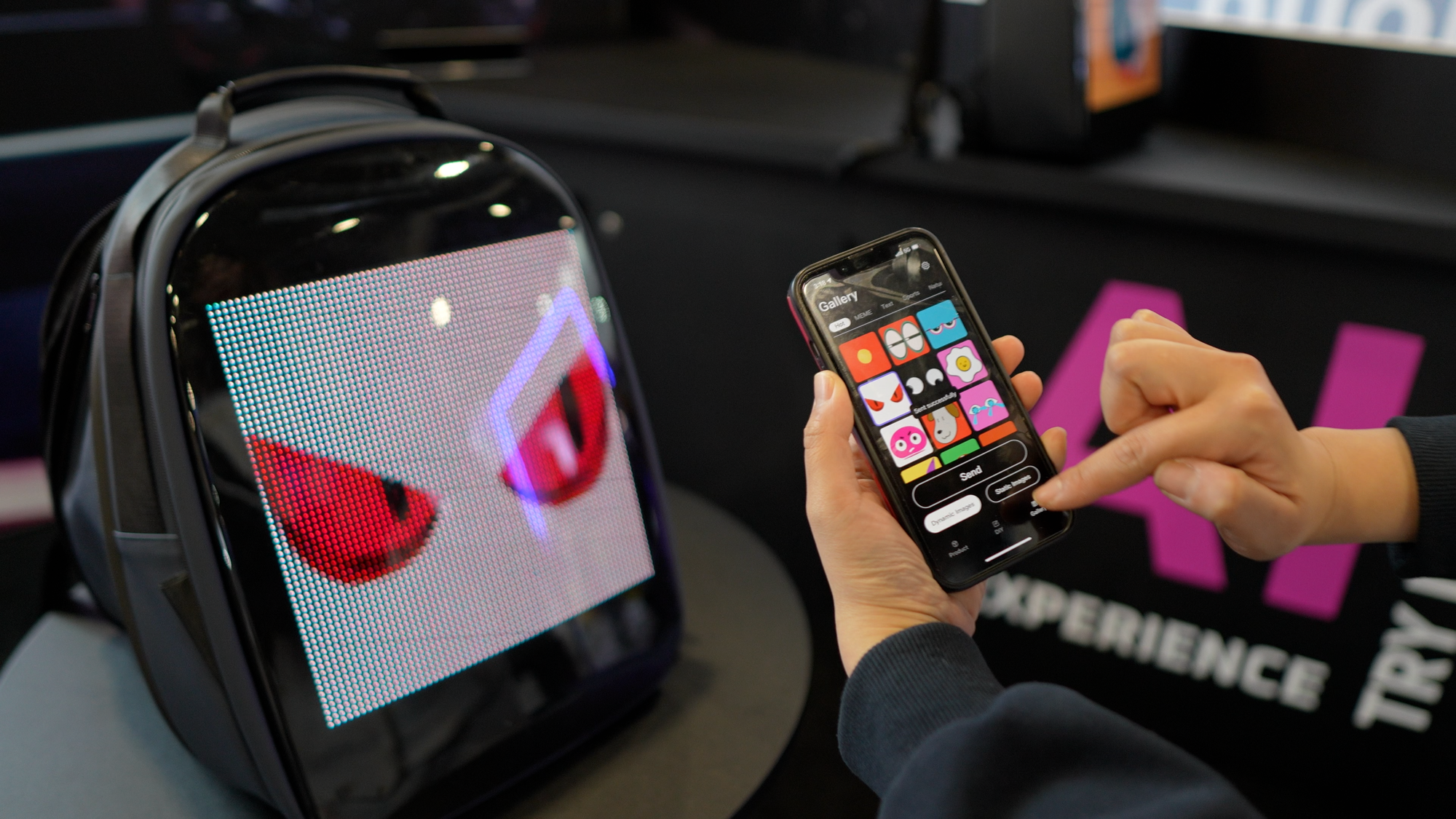
LiquidView
One thing I learned at CES 2025 is that now, thanks to tech, I can live anywhere. LiquidView offers digital windows that create a convincing image of an outdoor scene, and at just the right perspective. This gives the illusion that you’re actually living on the waterfront, or in a New York City high rise, or just about anywhere else you’d like. It was designed especially to improve the quality of windowless basements.
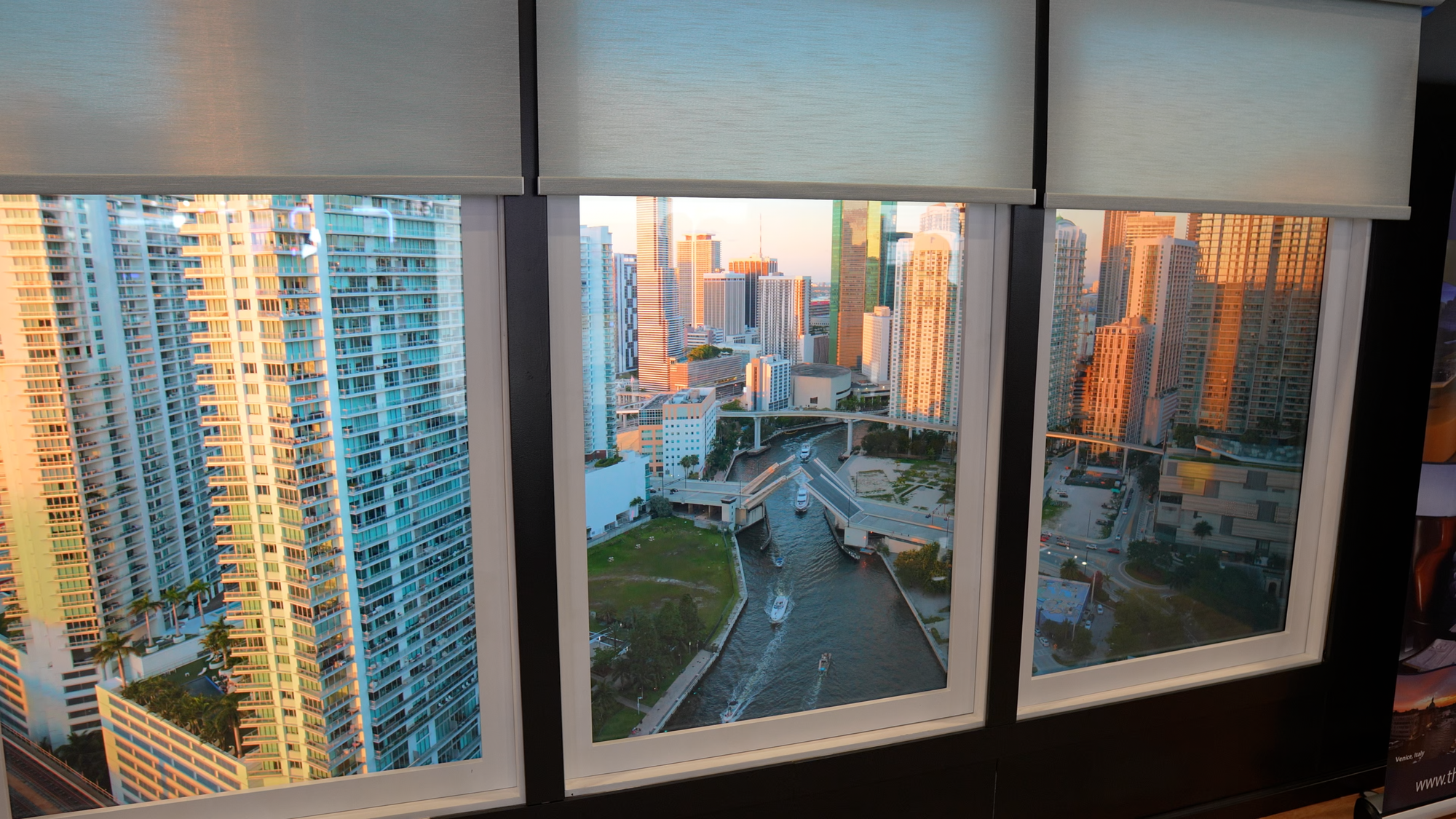
Final Thoughts
Aside from all the amazing tech, a personal highlight for me was getting to hang out with so many other incredible smart home creators. It’s such a supportive community, and I am really thankful to be a part of it.
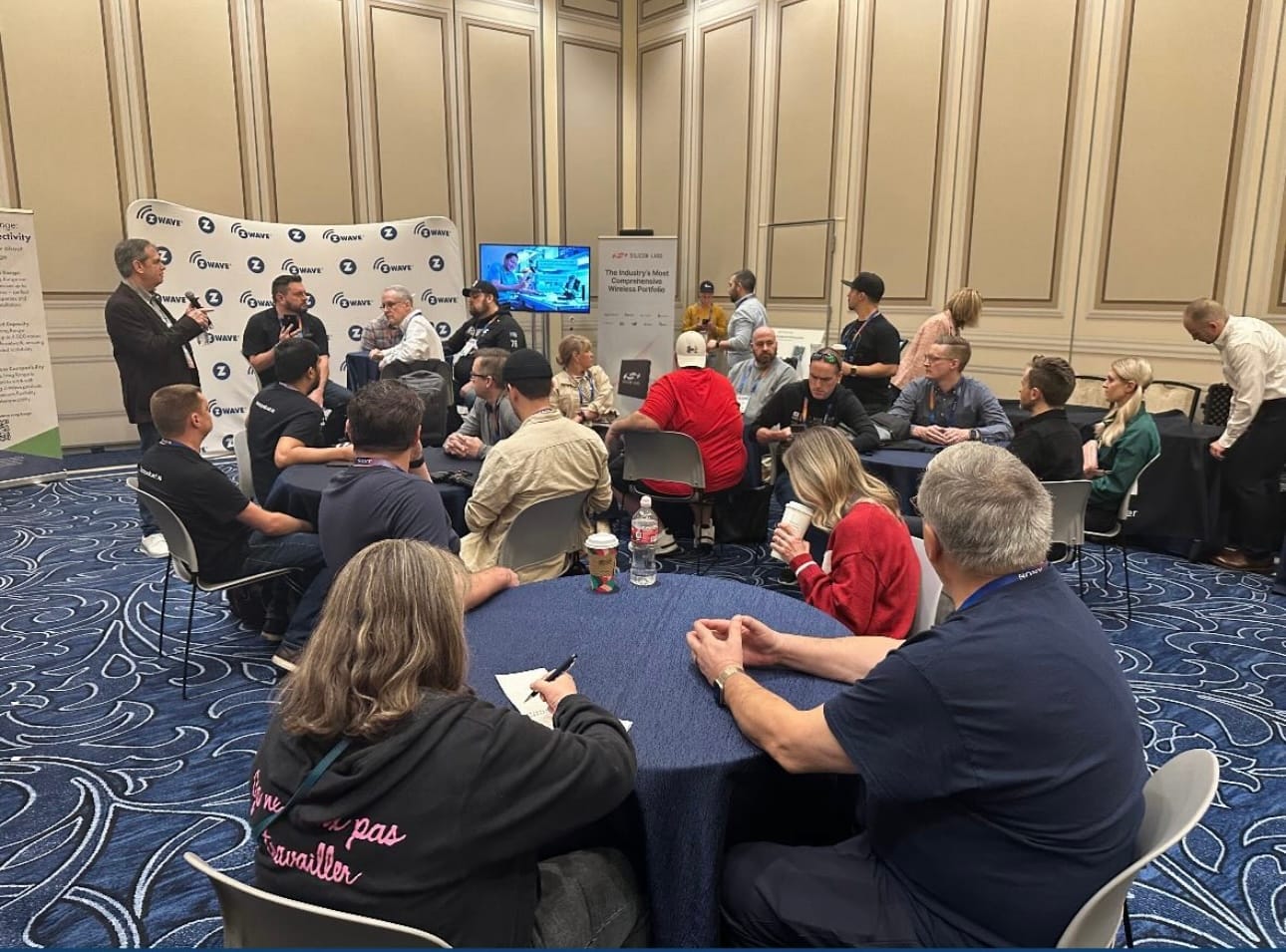

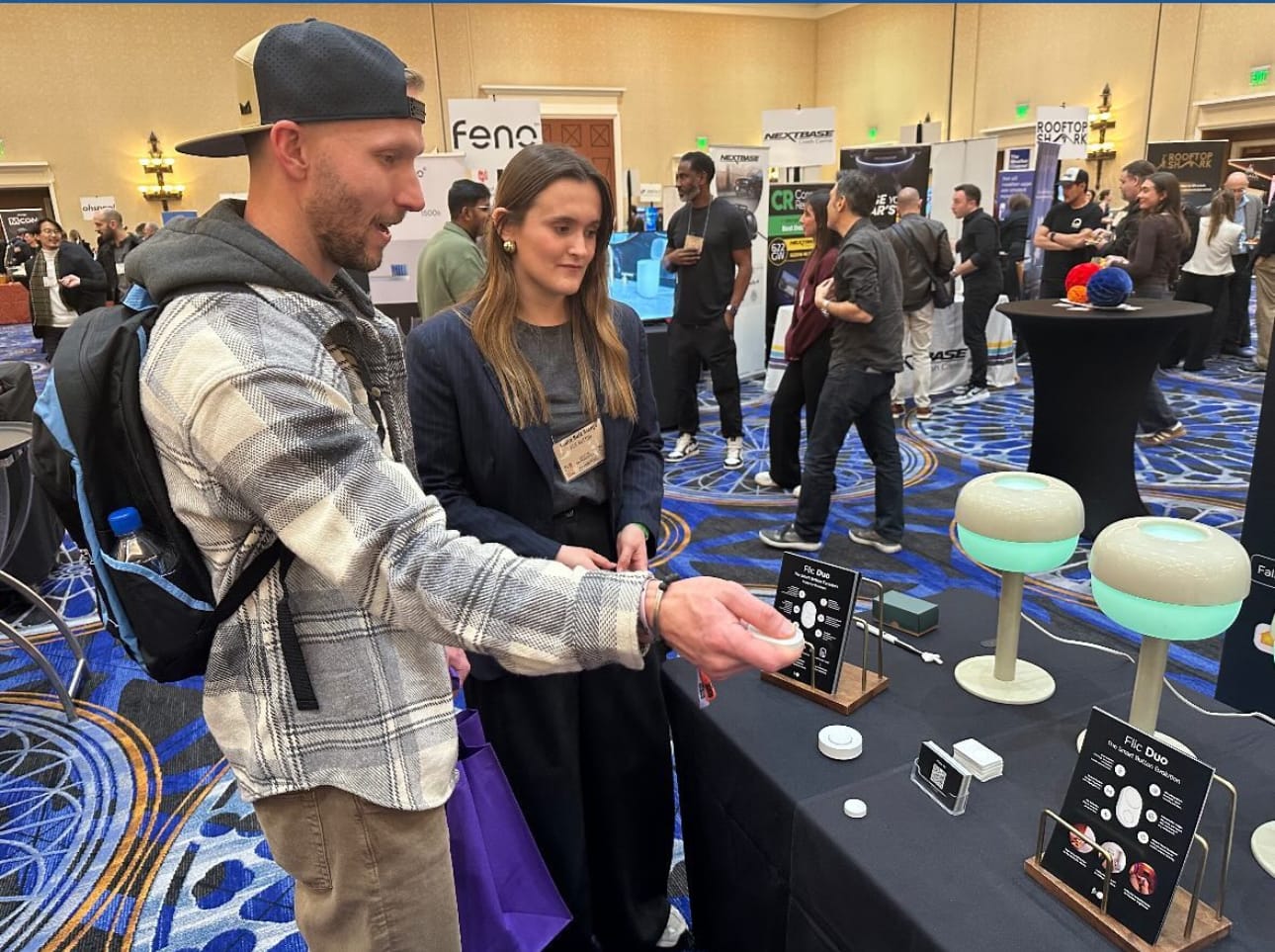
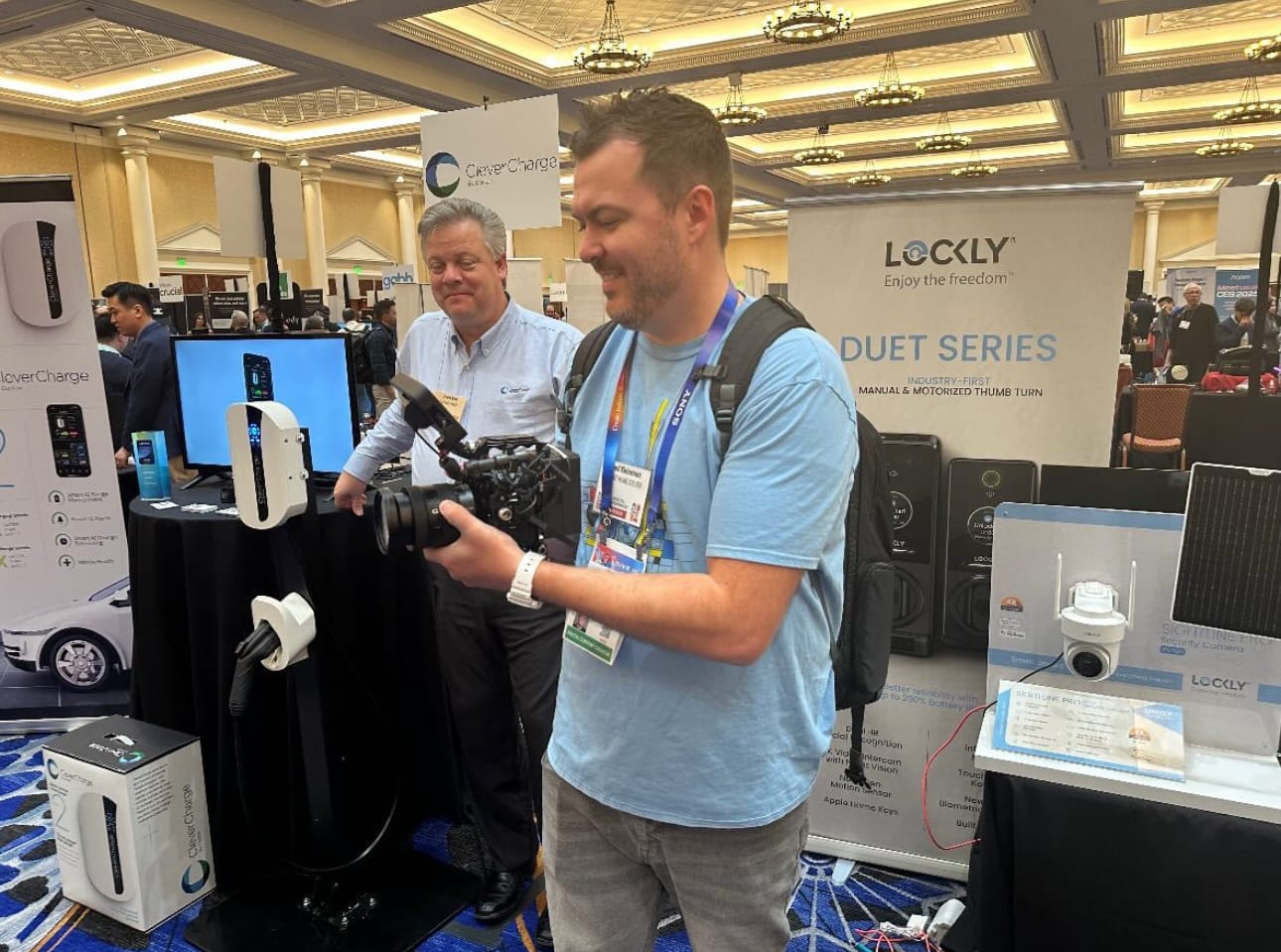



Hanging out with other smart home digital content creators ("influencers") at CES 2025 in Las Vegas